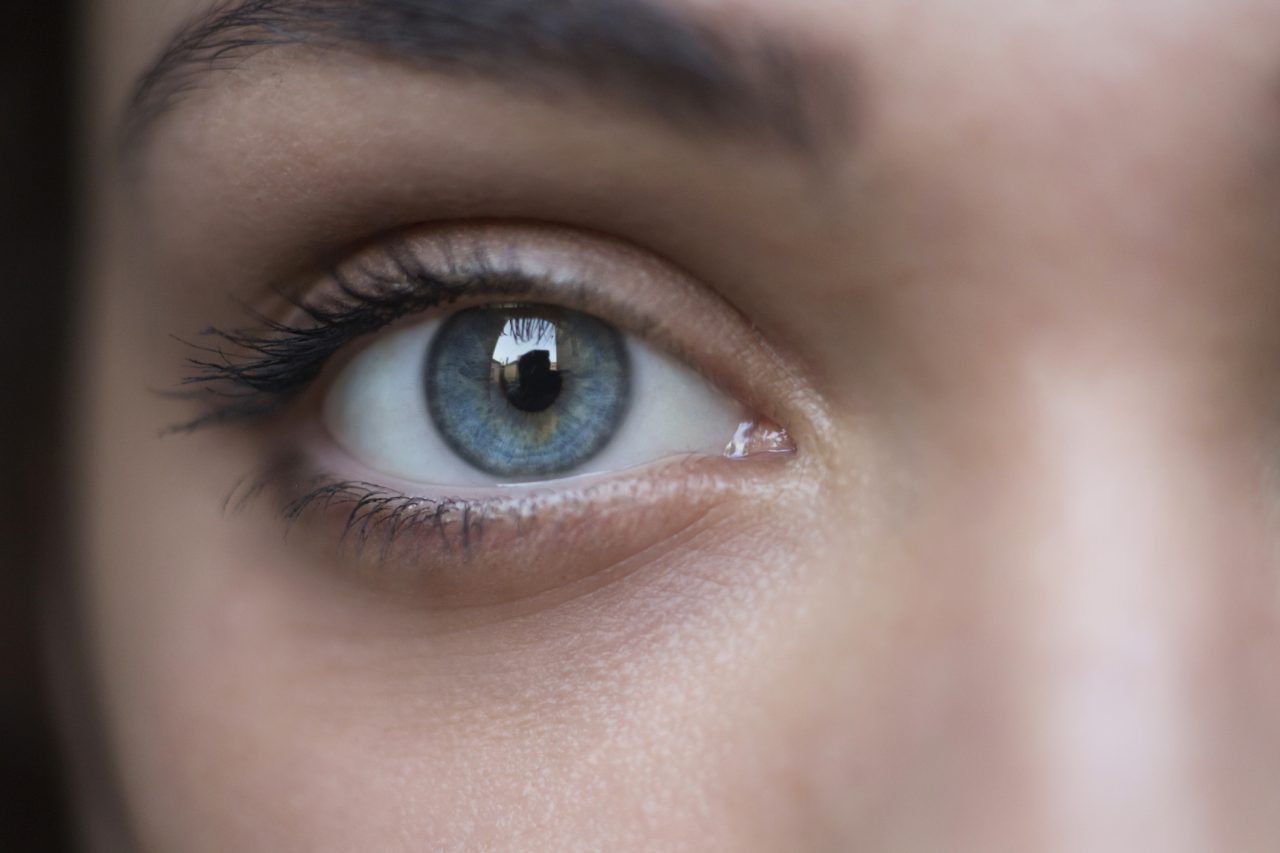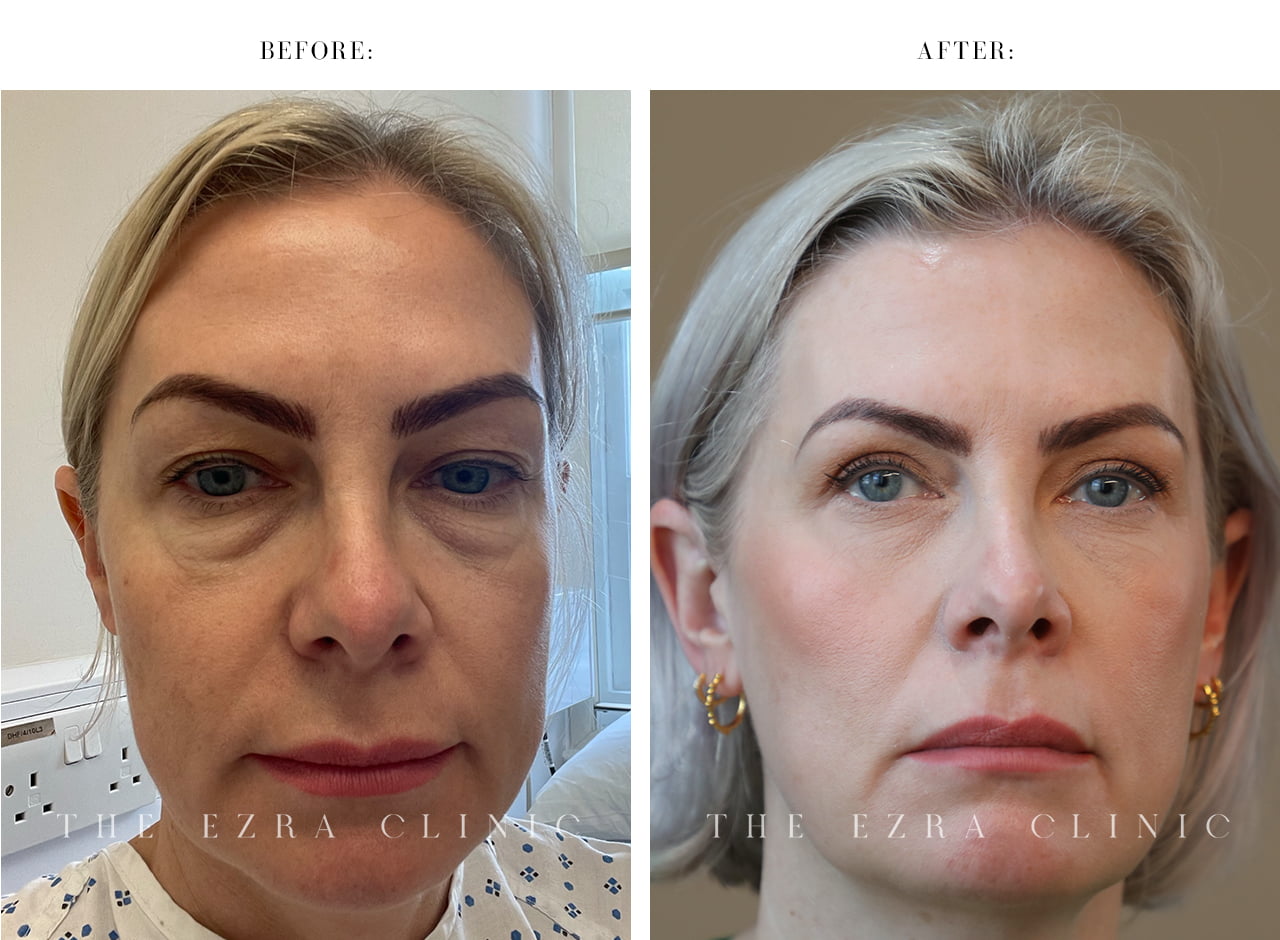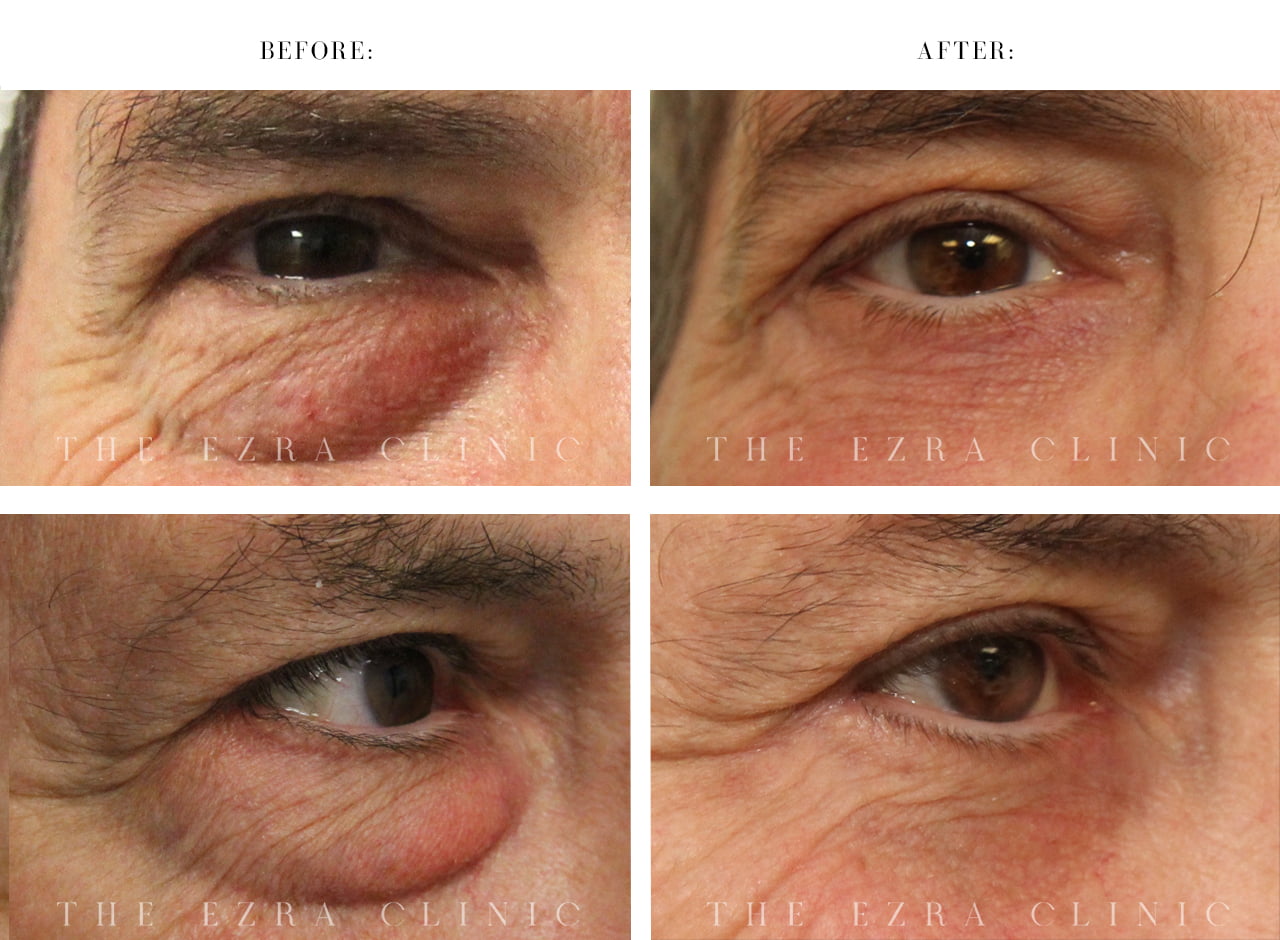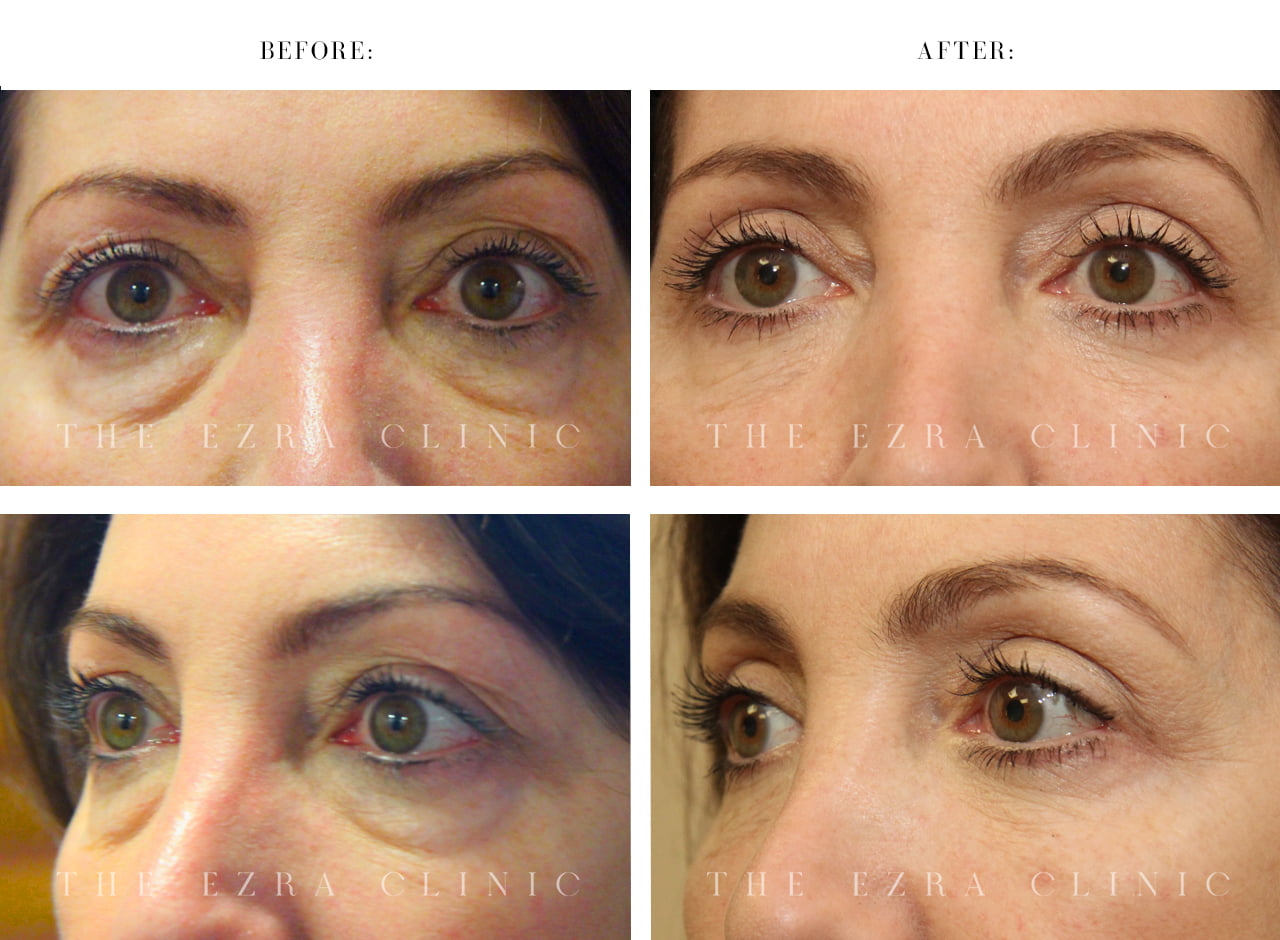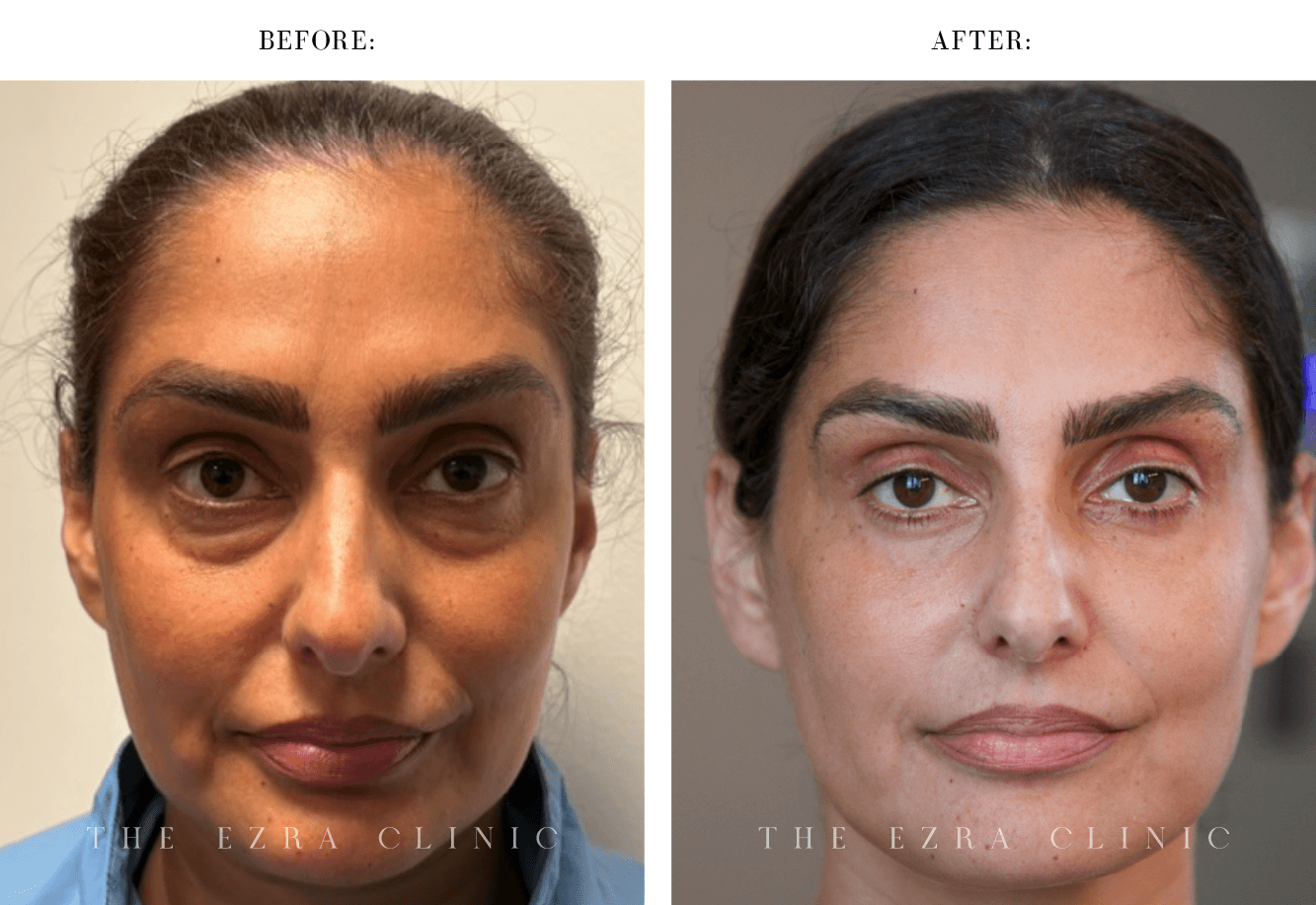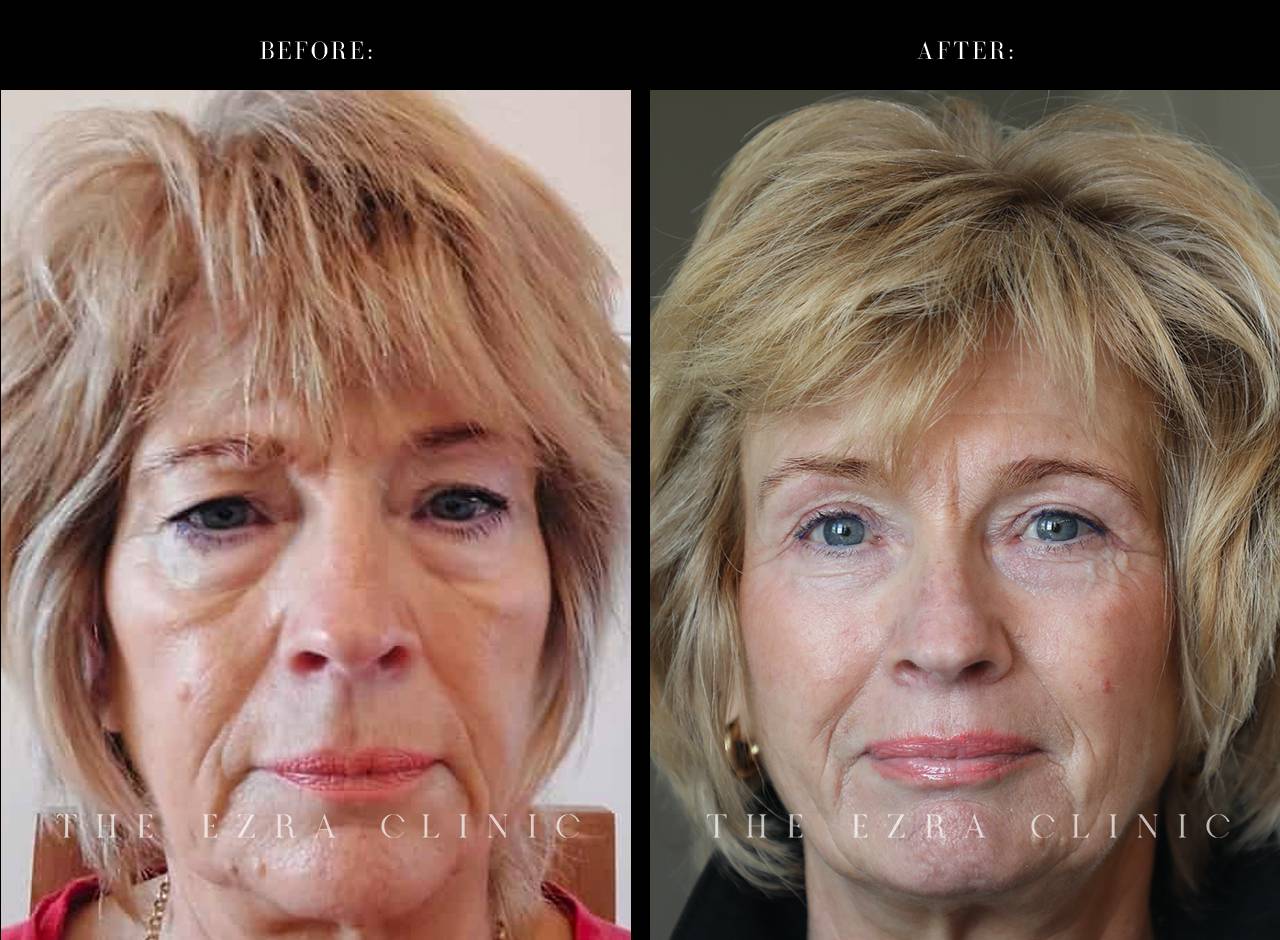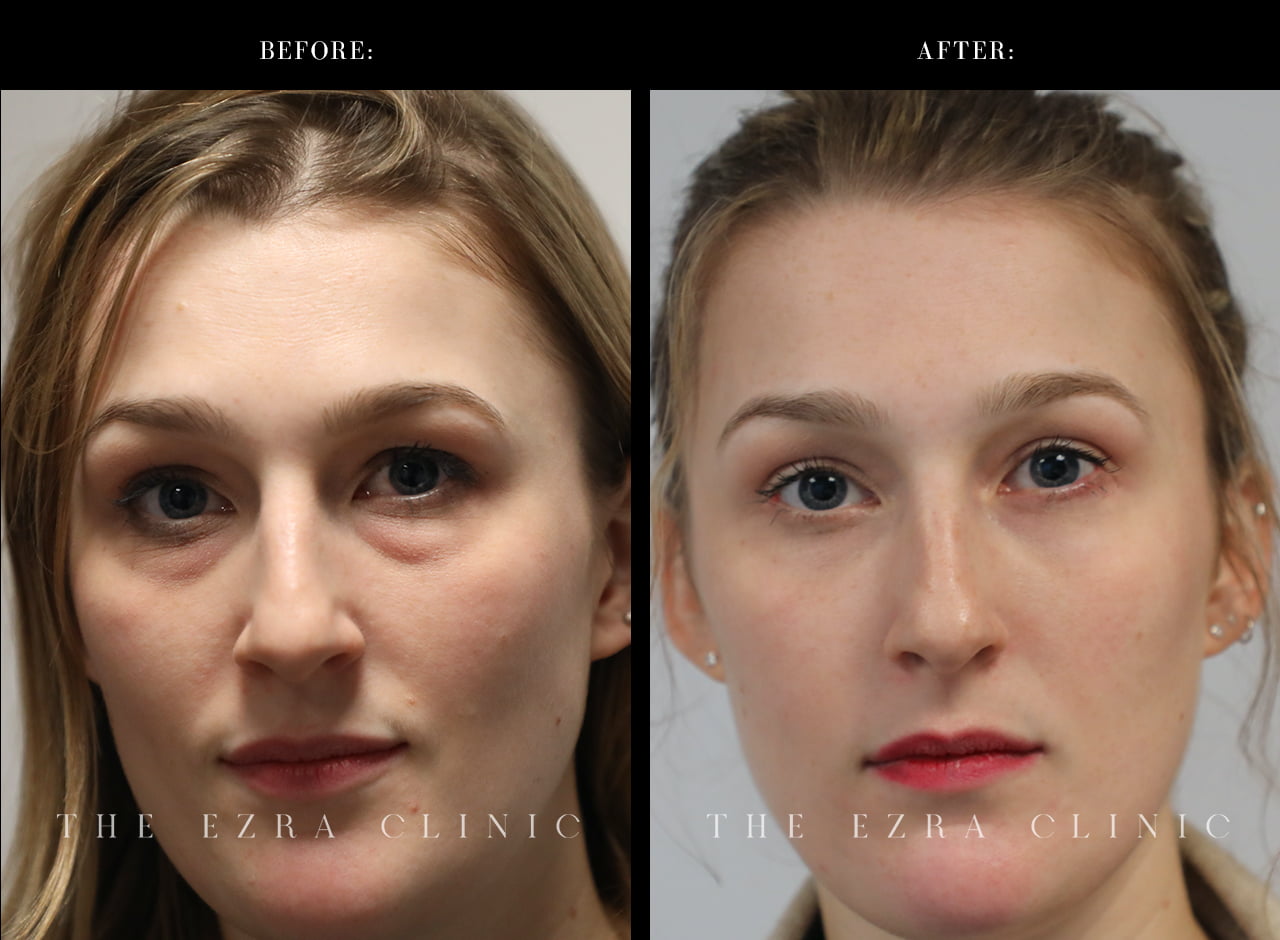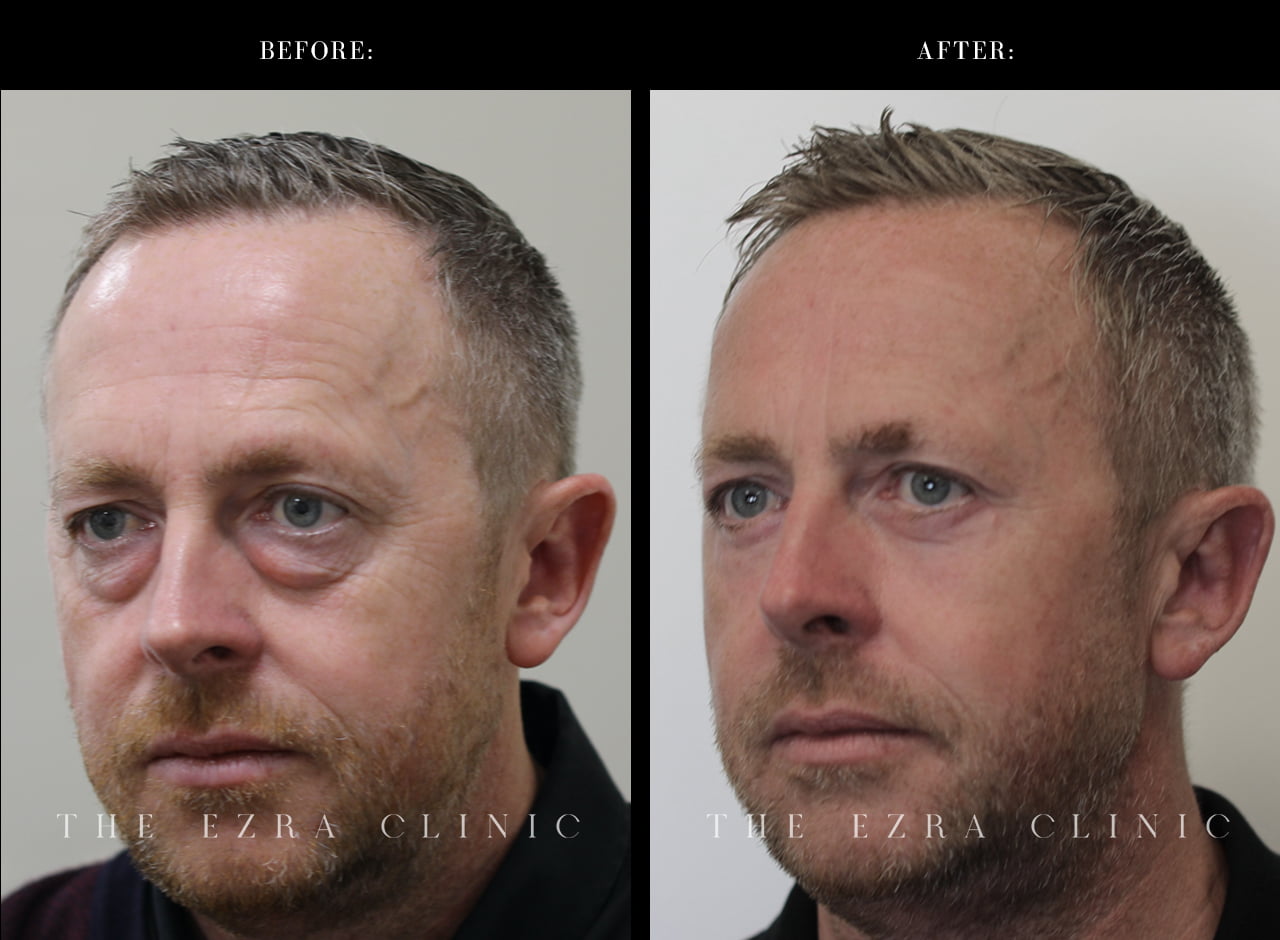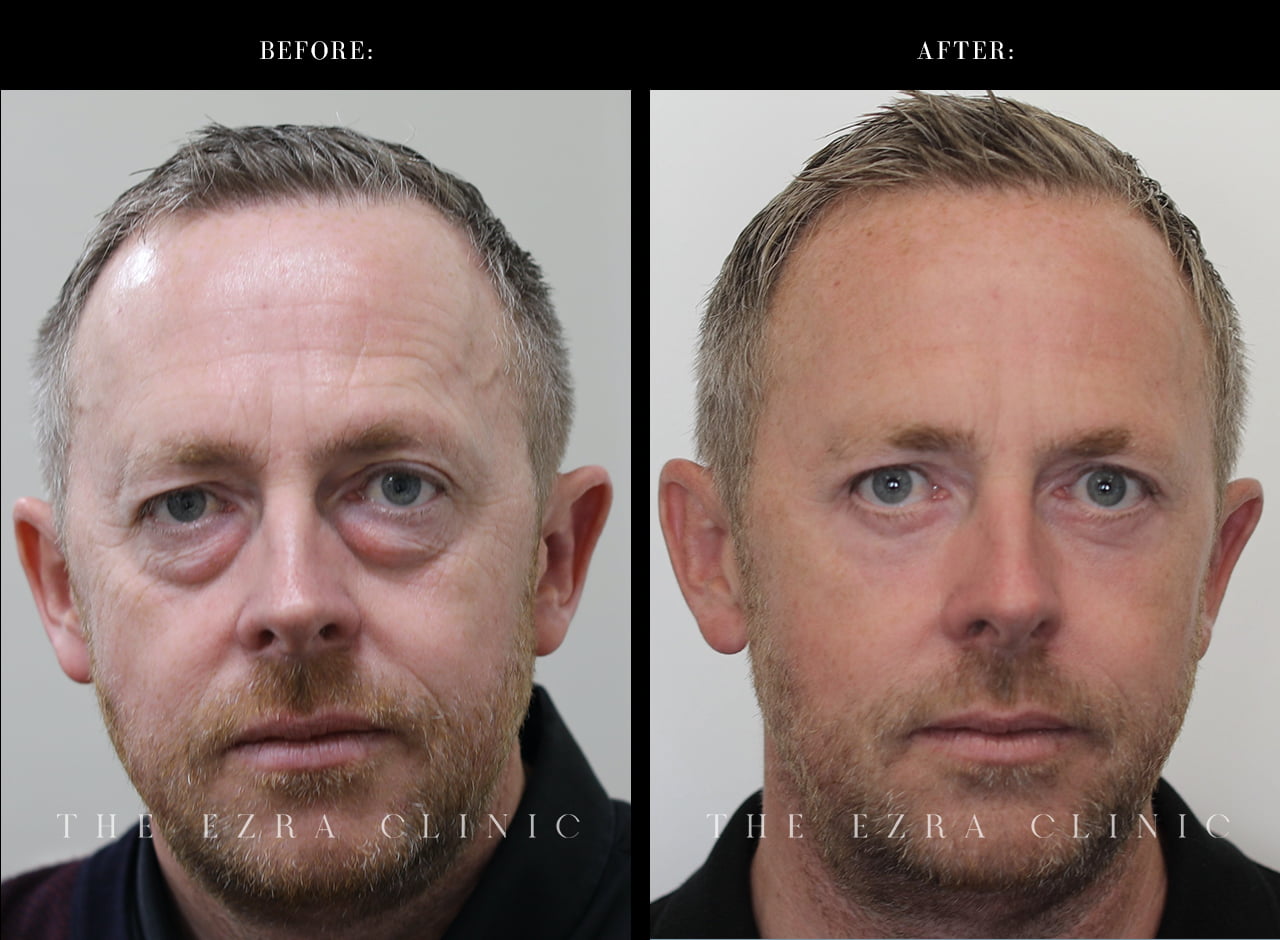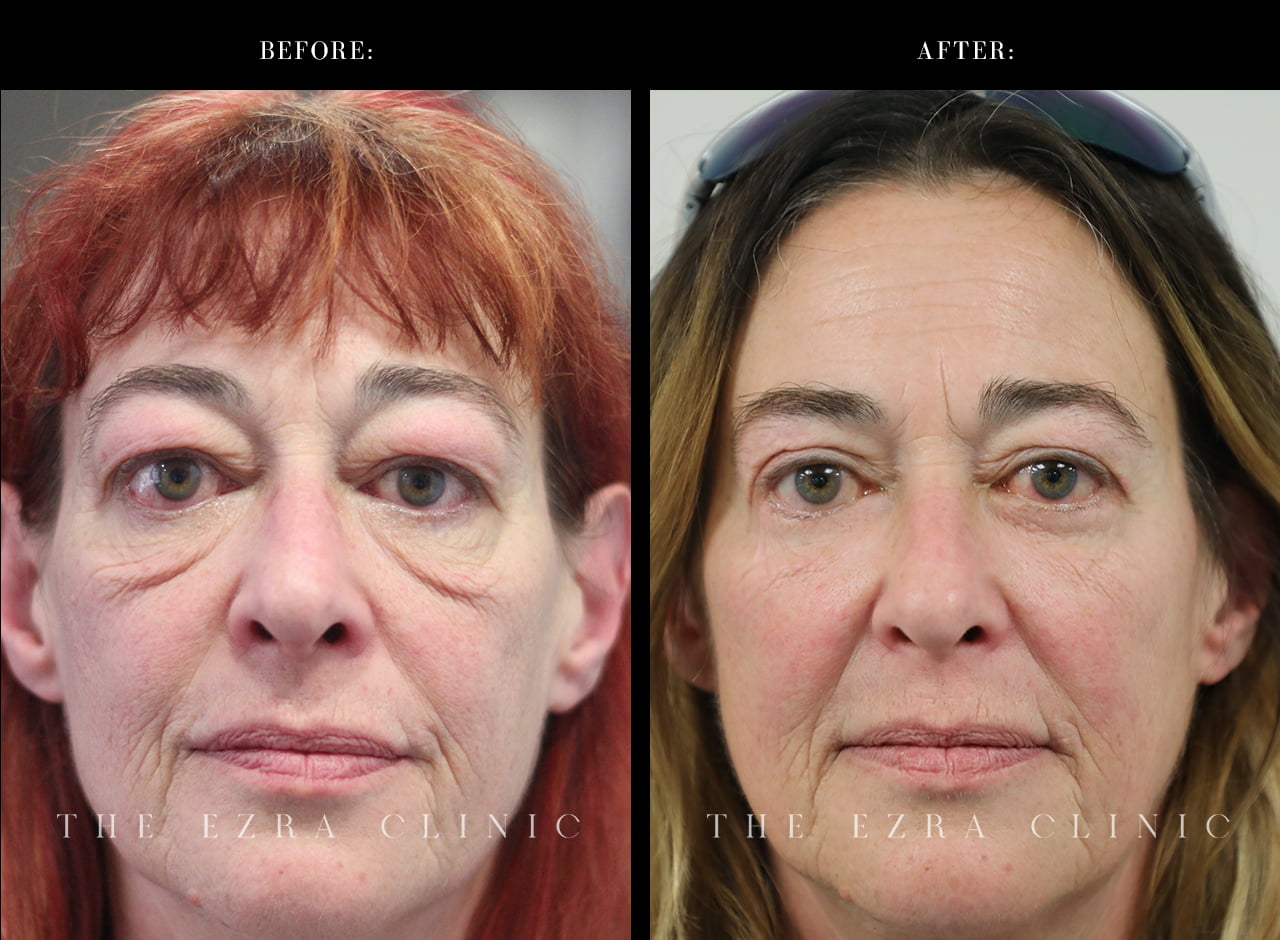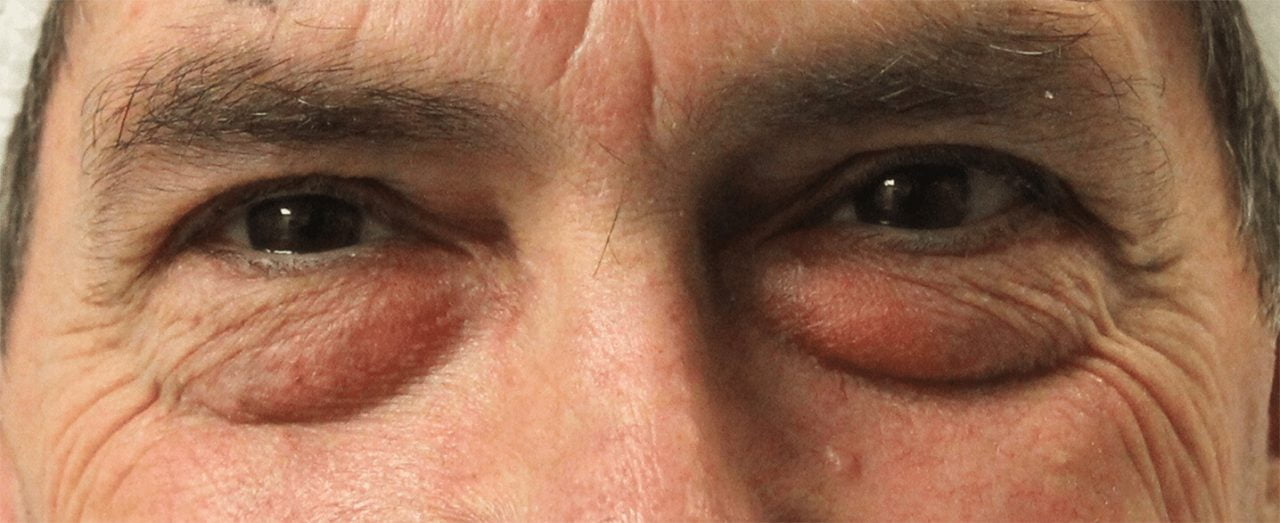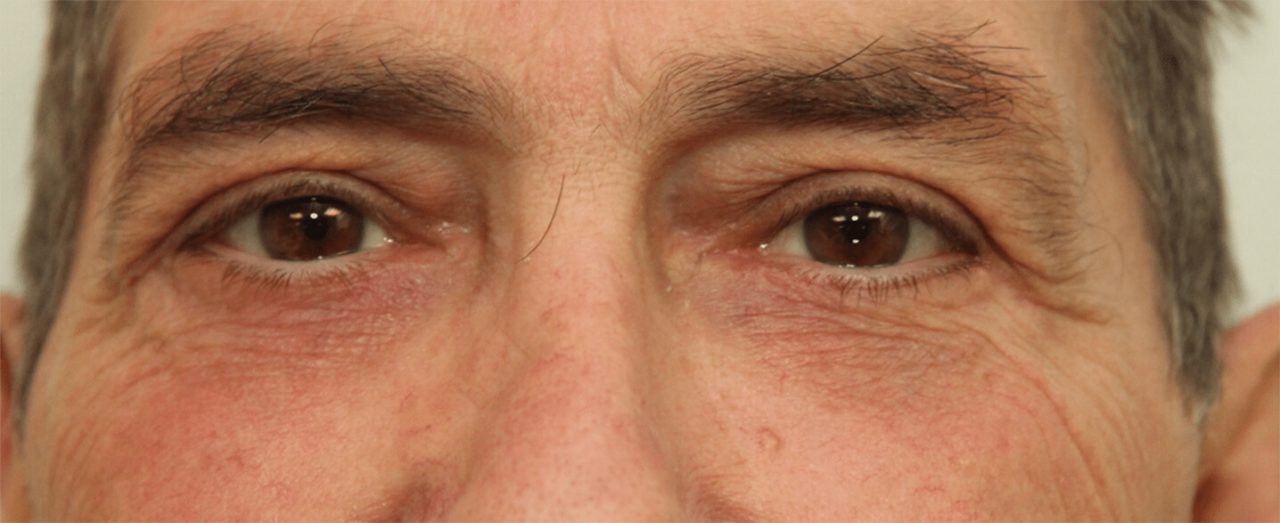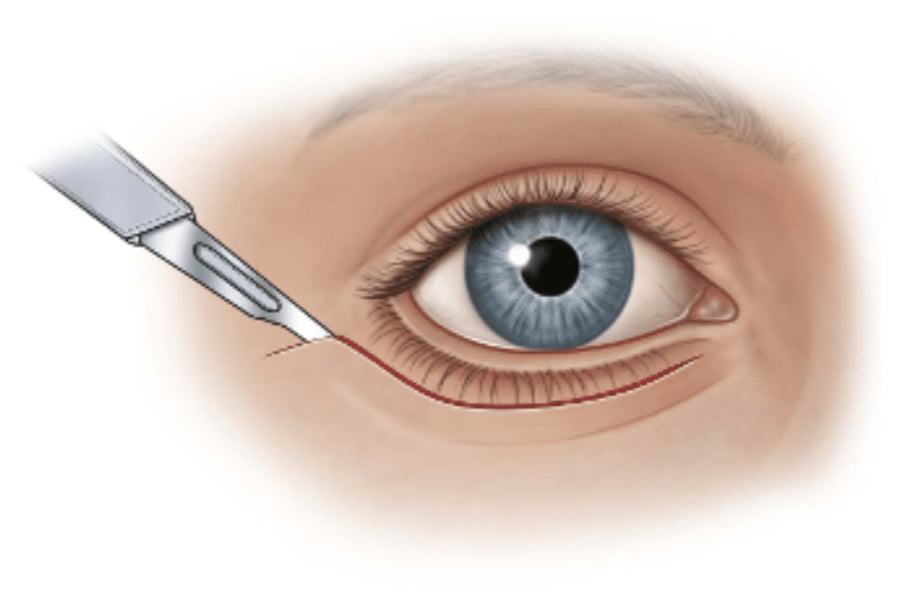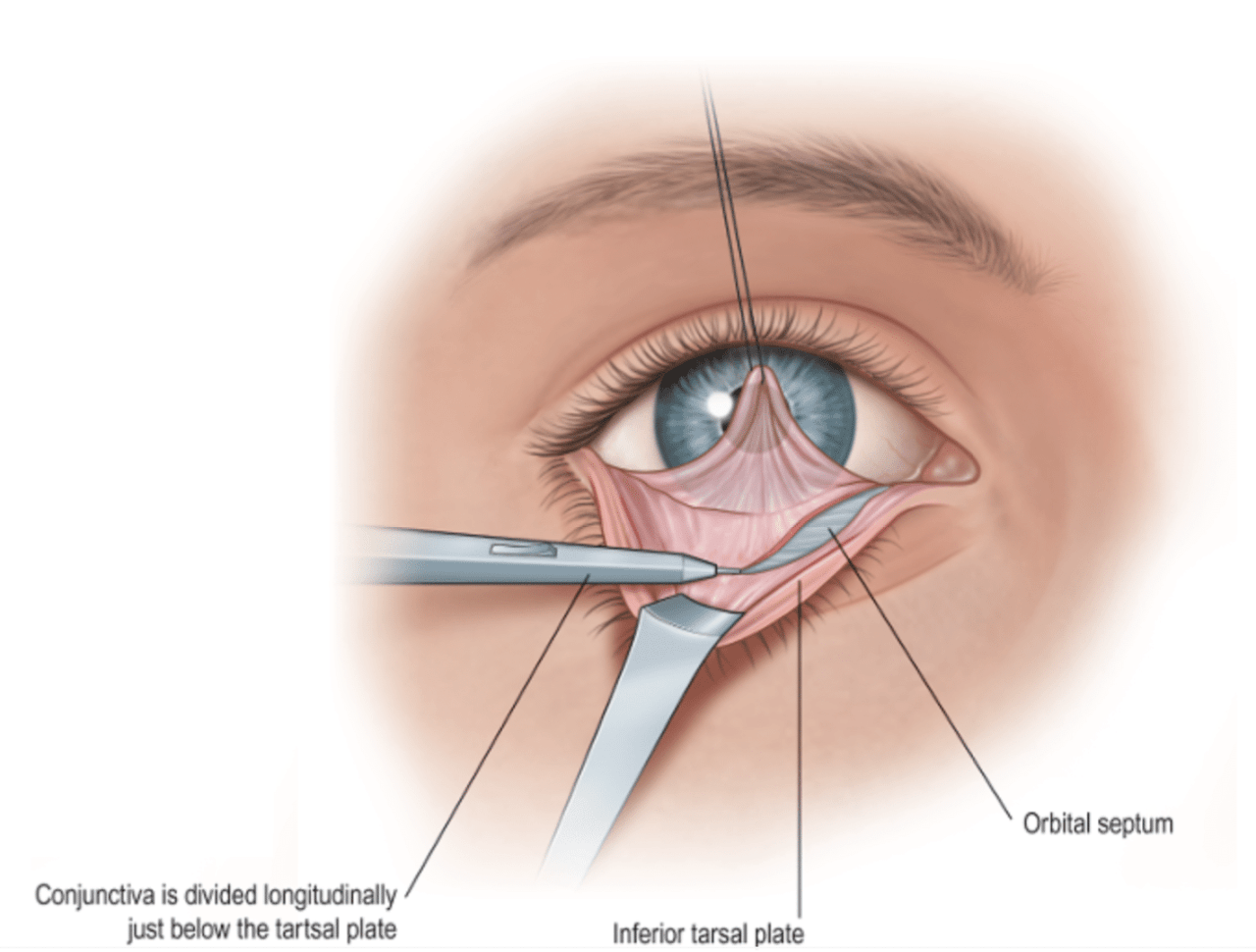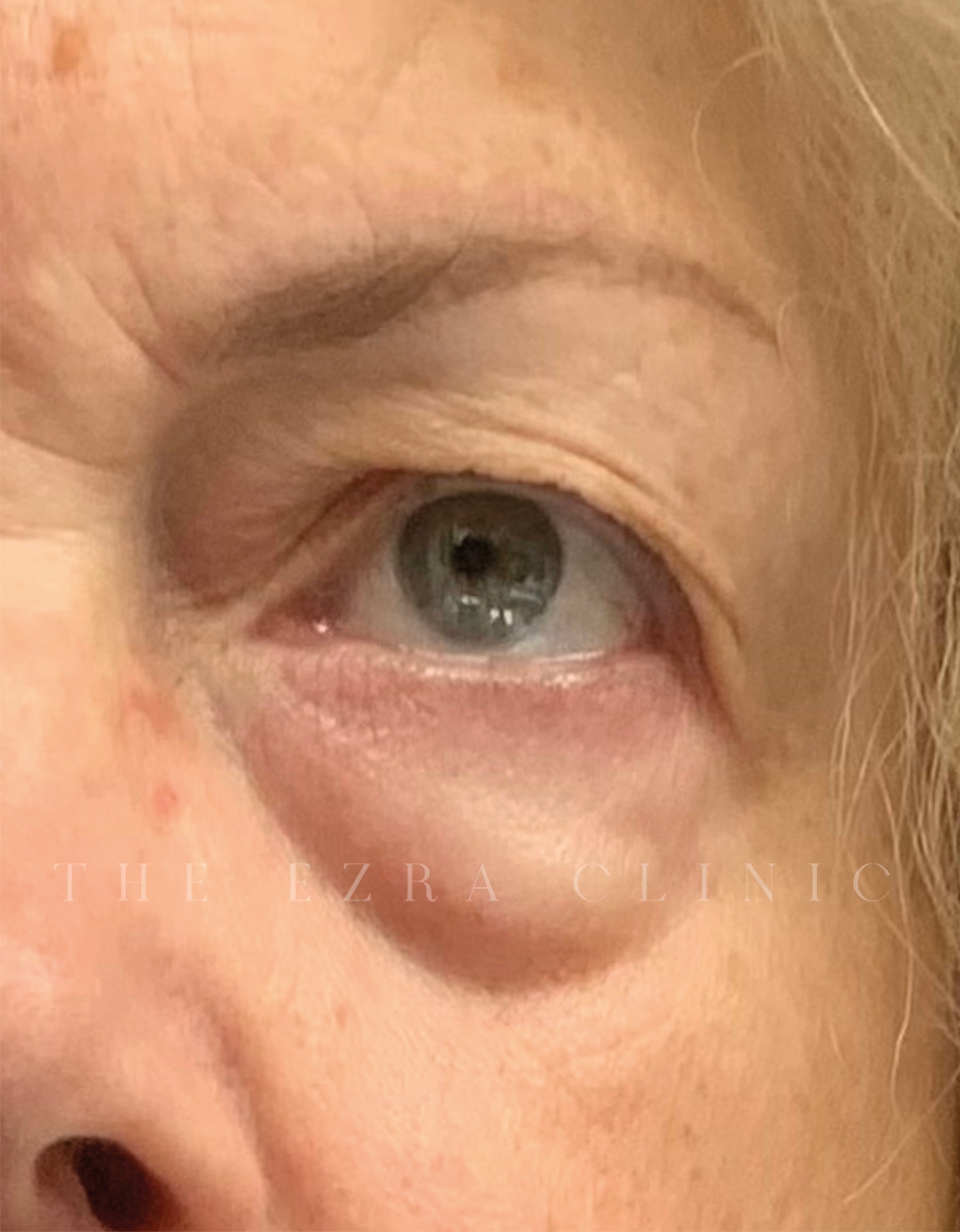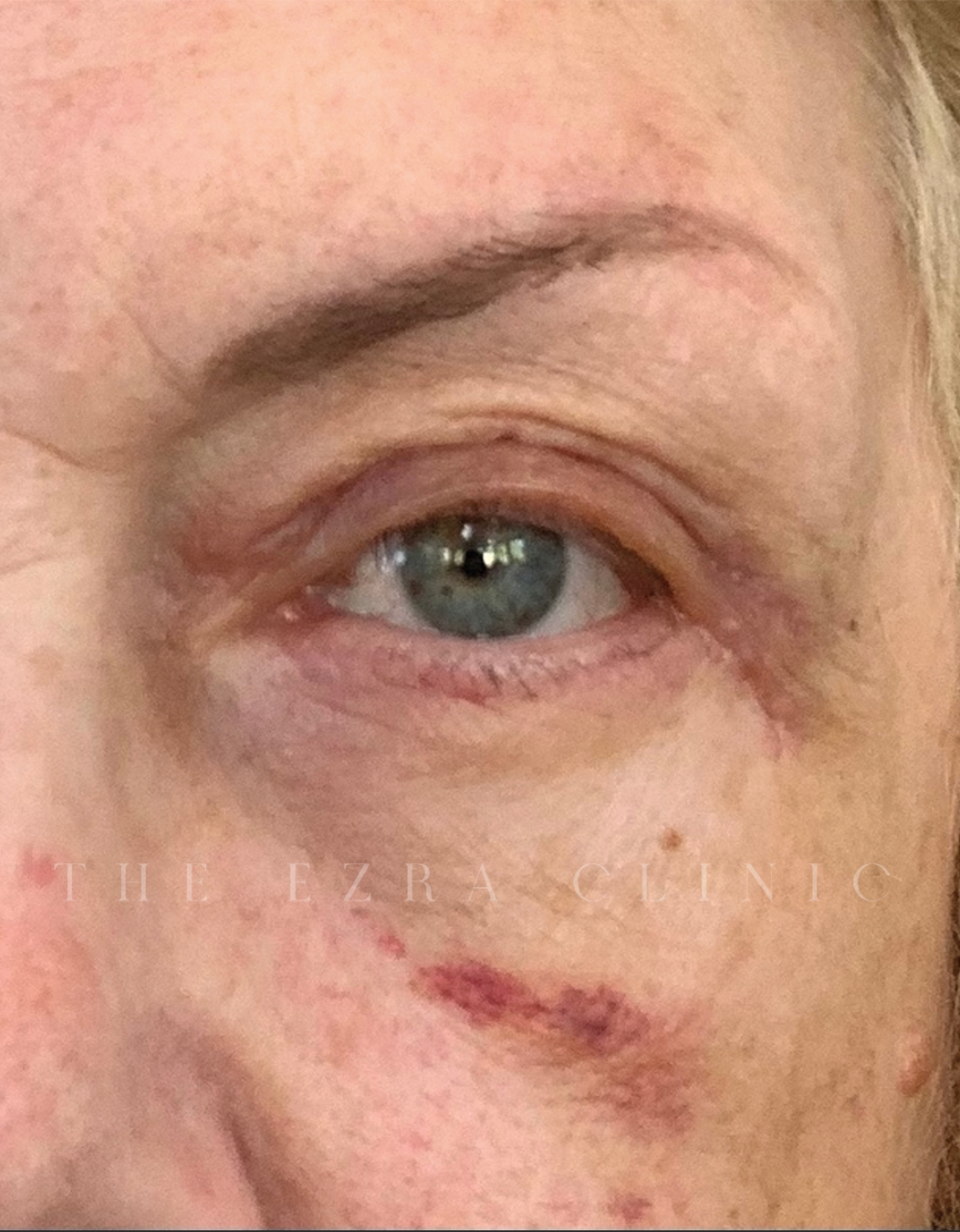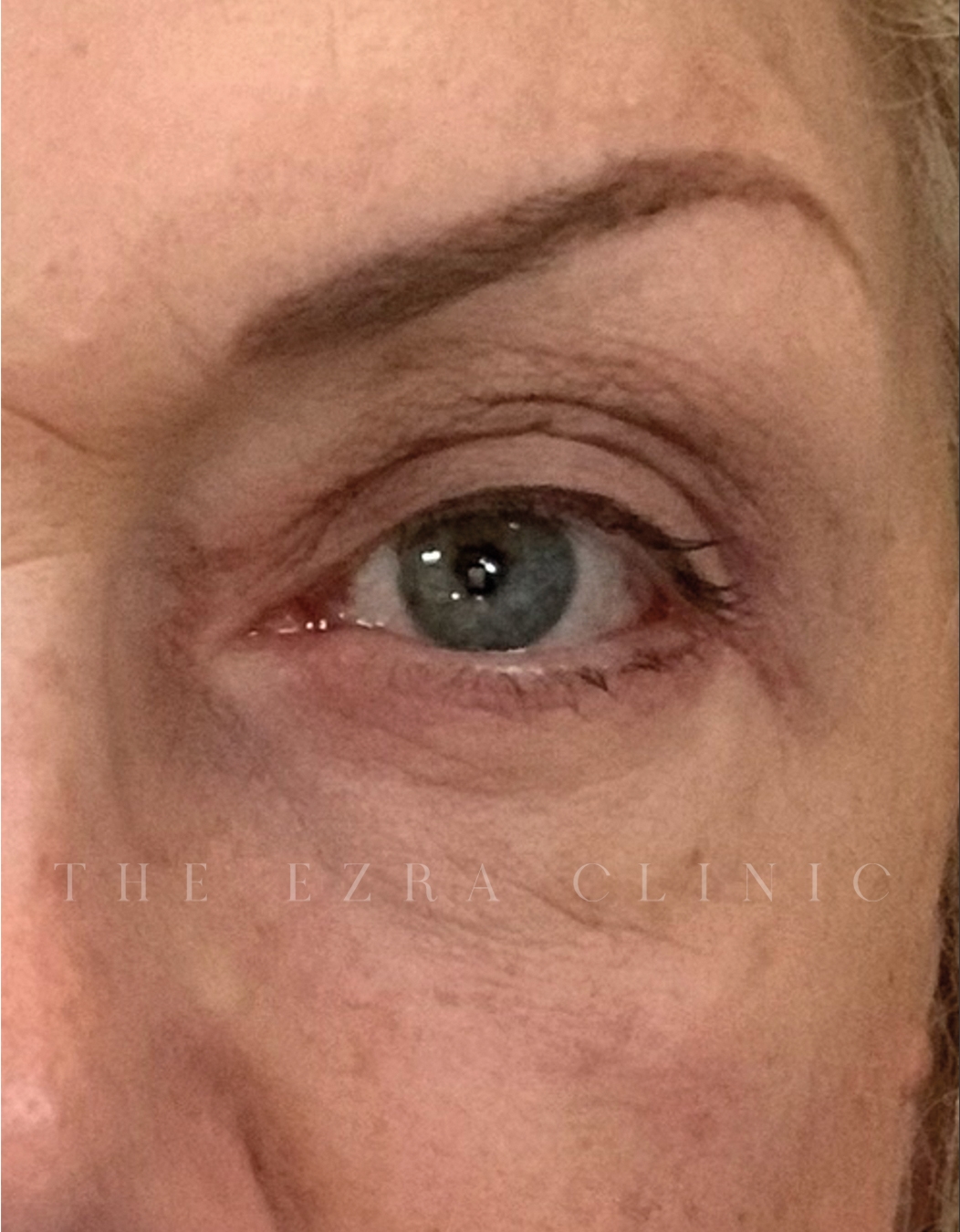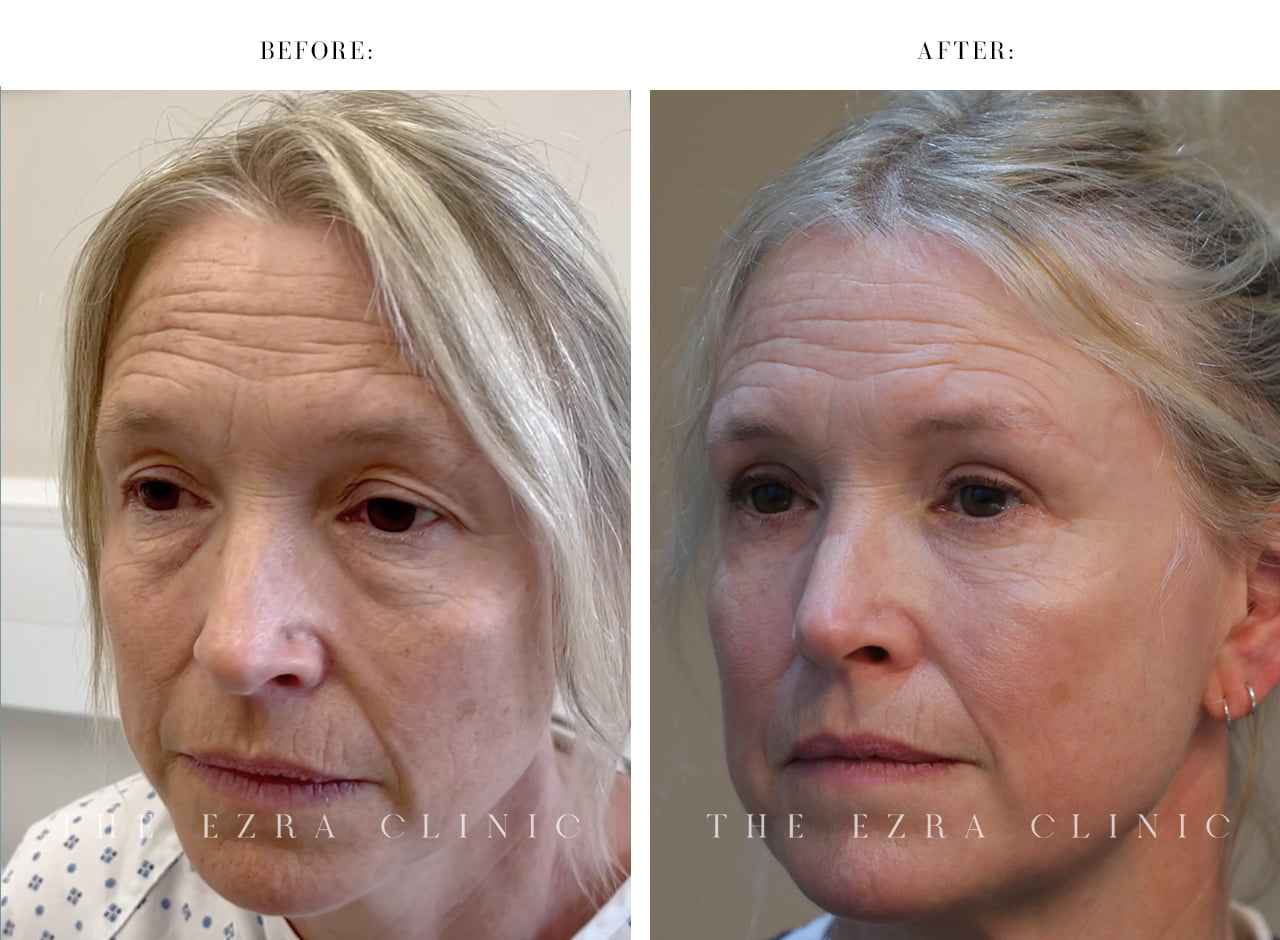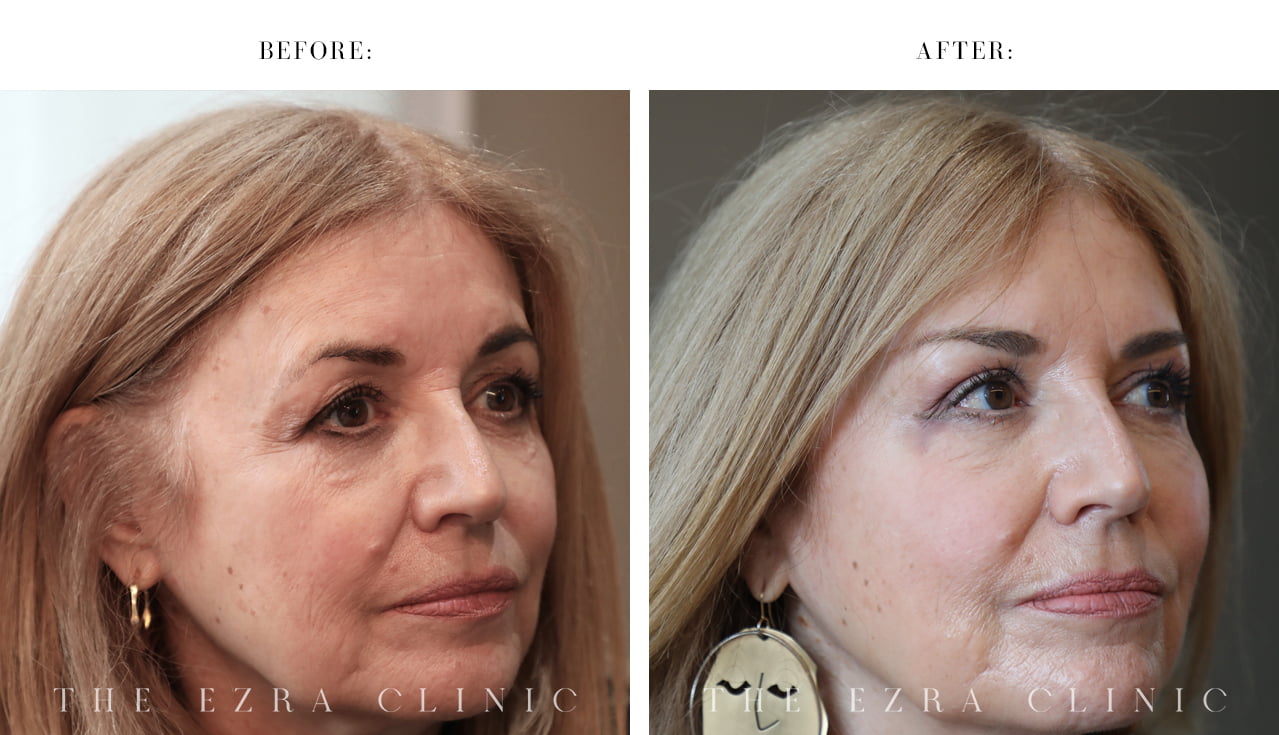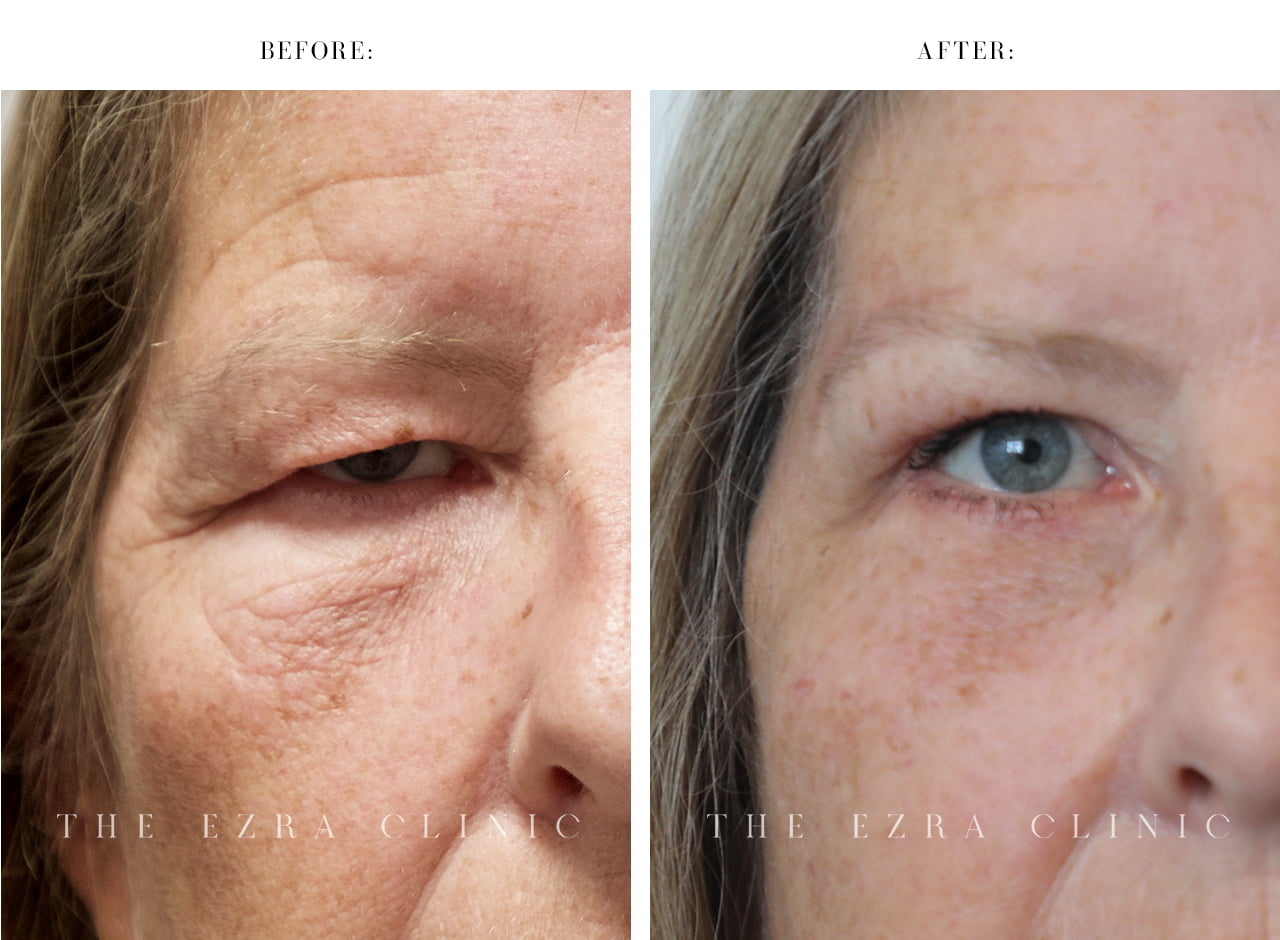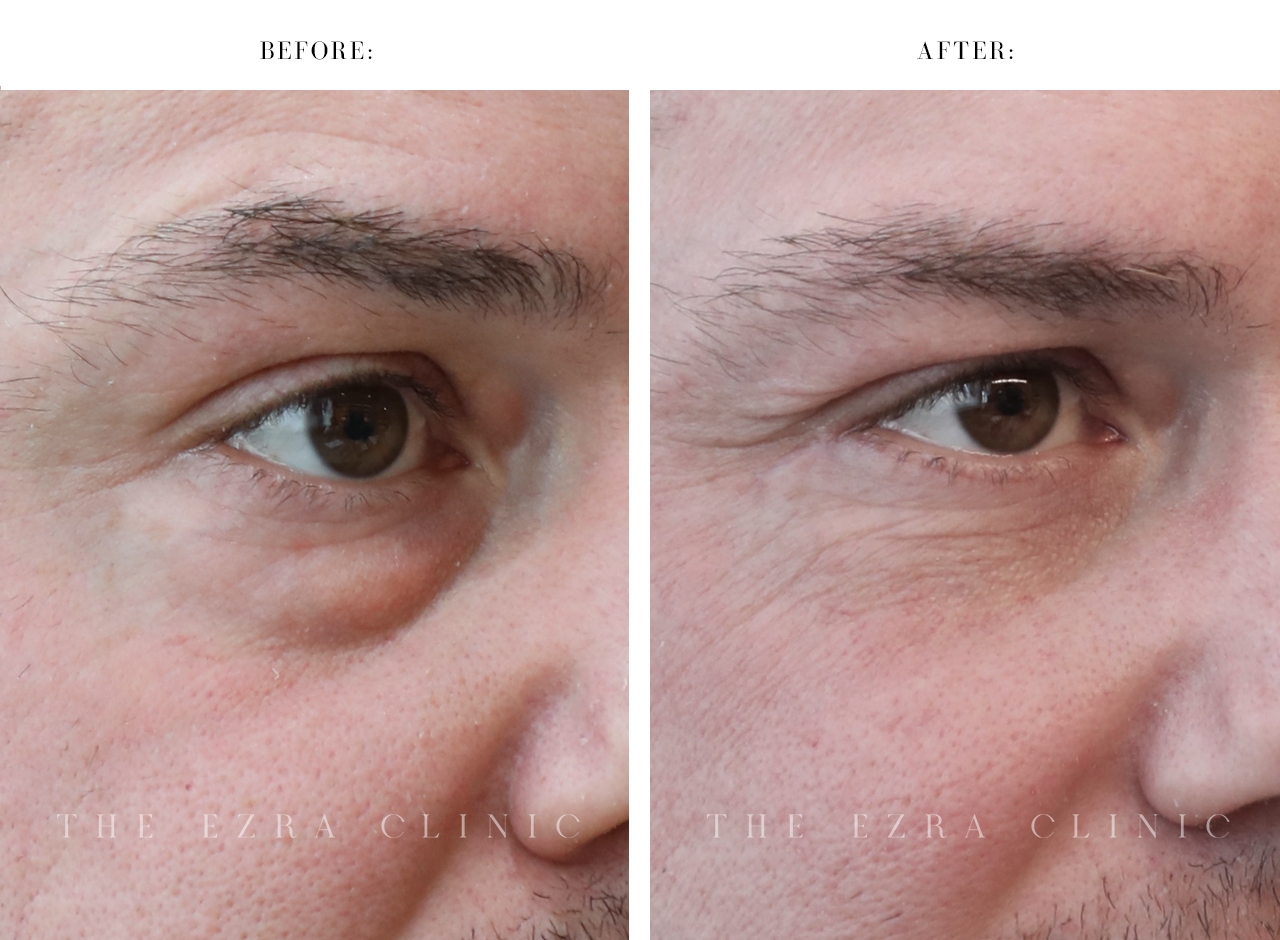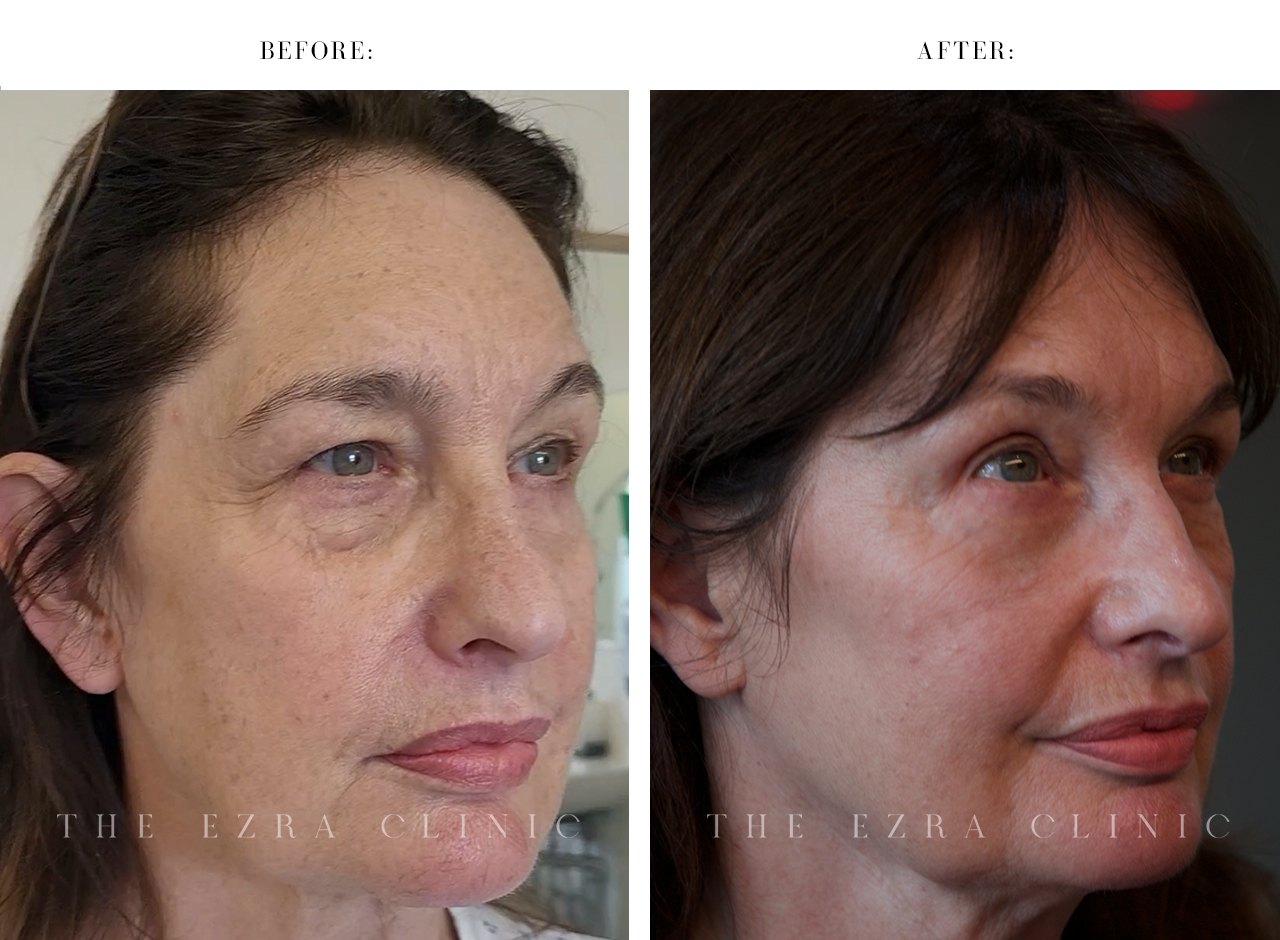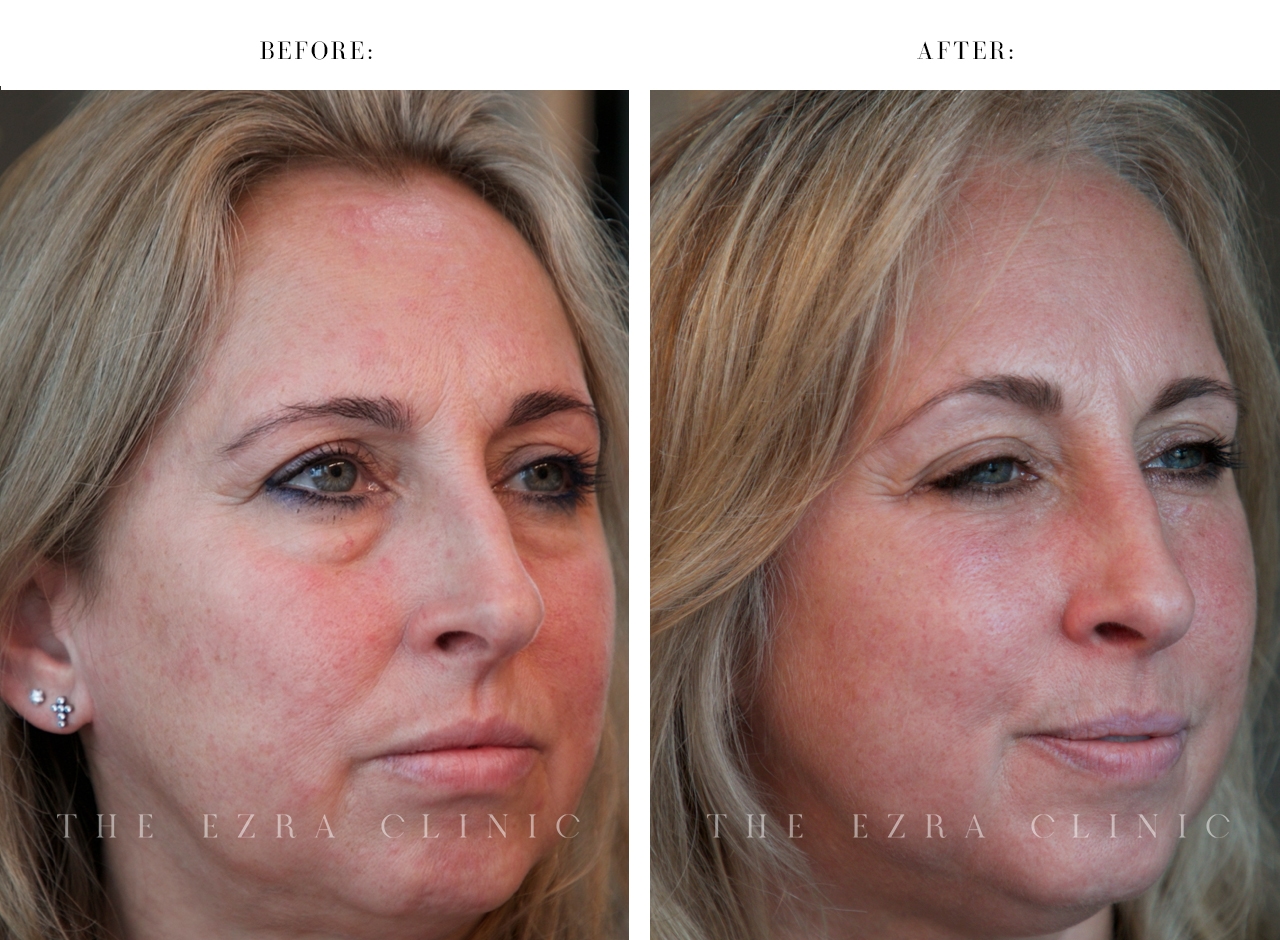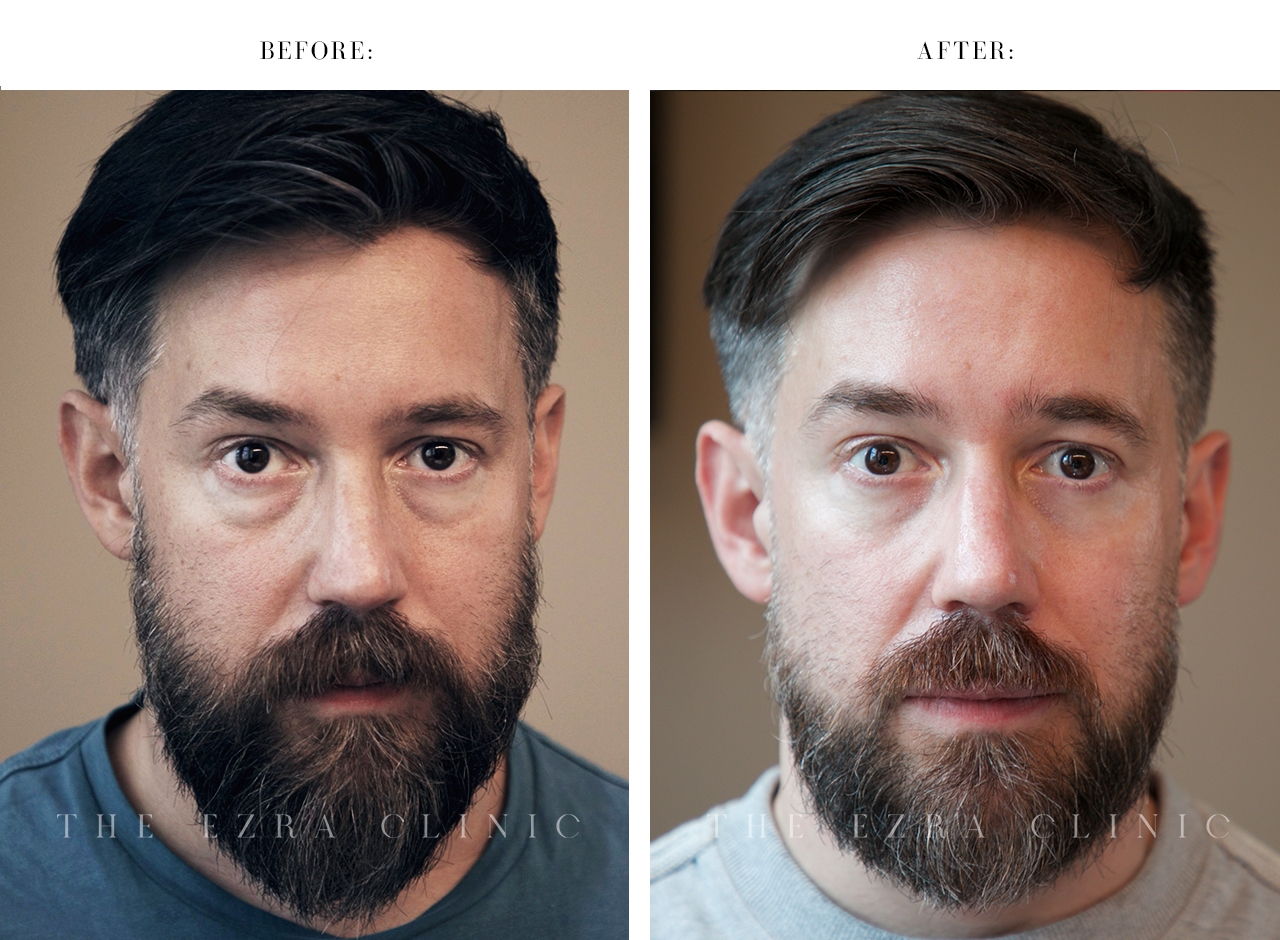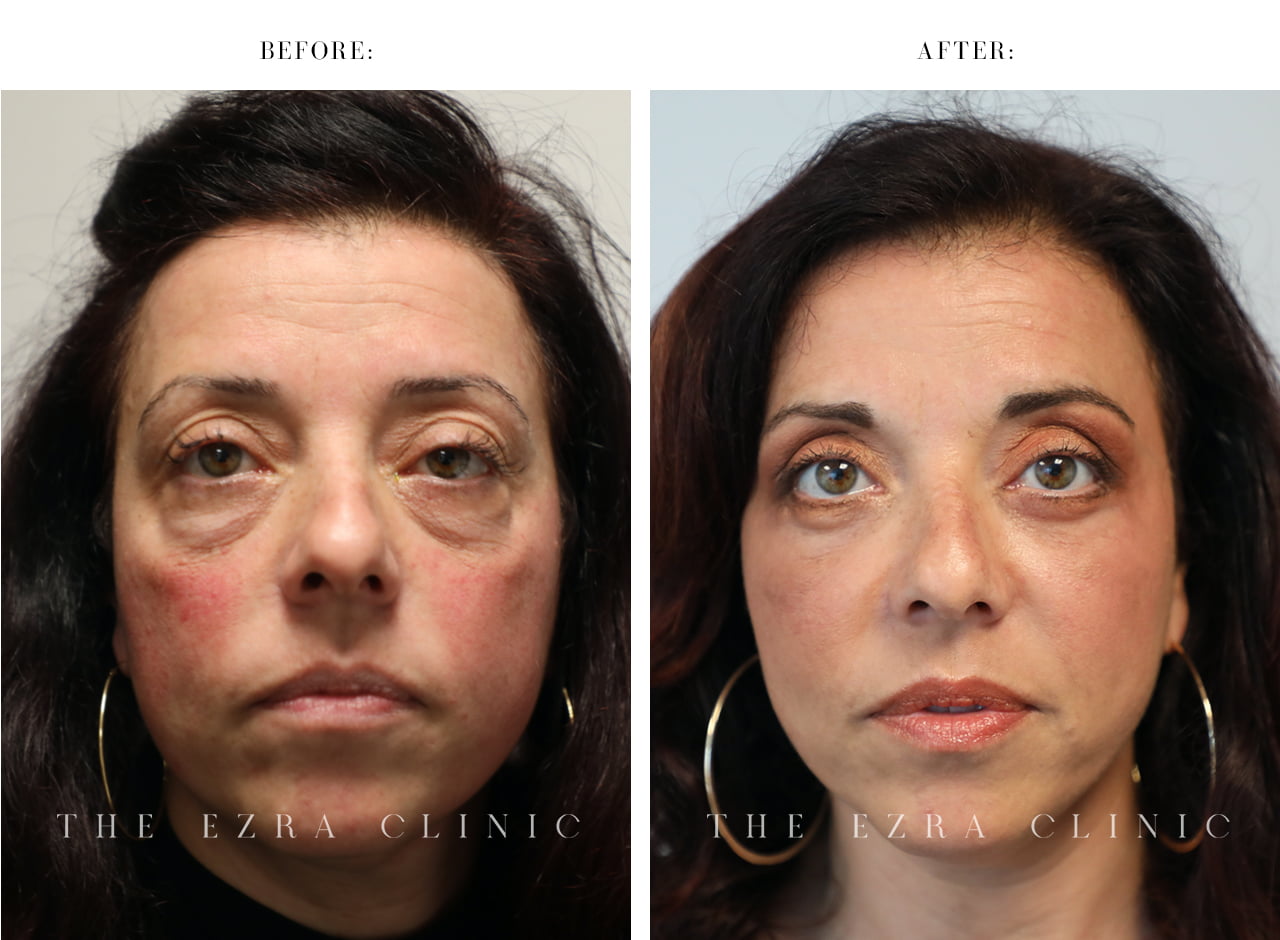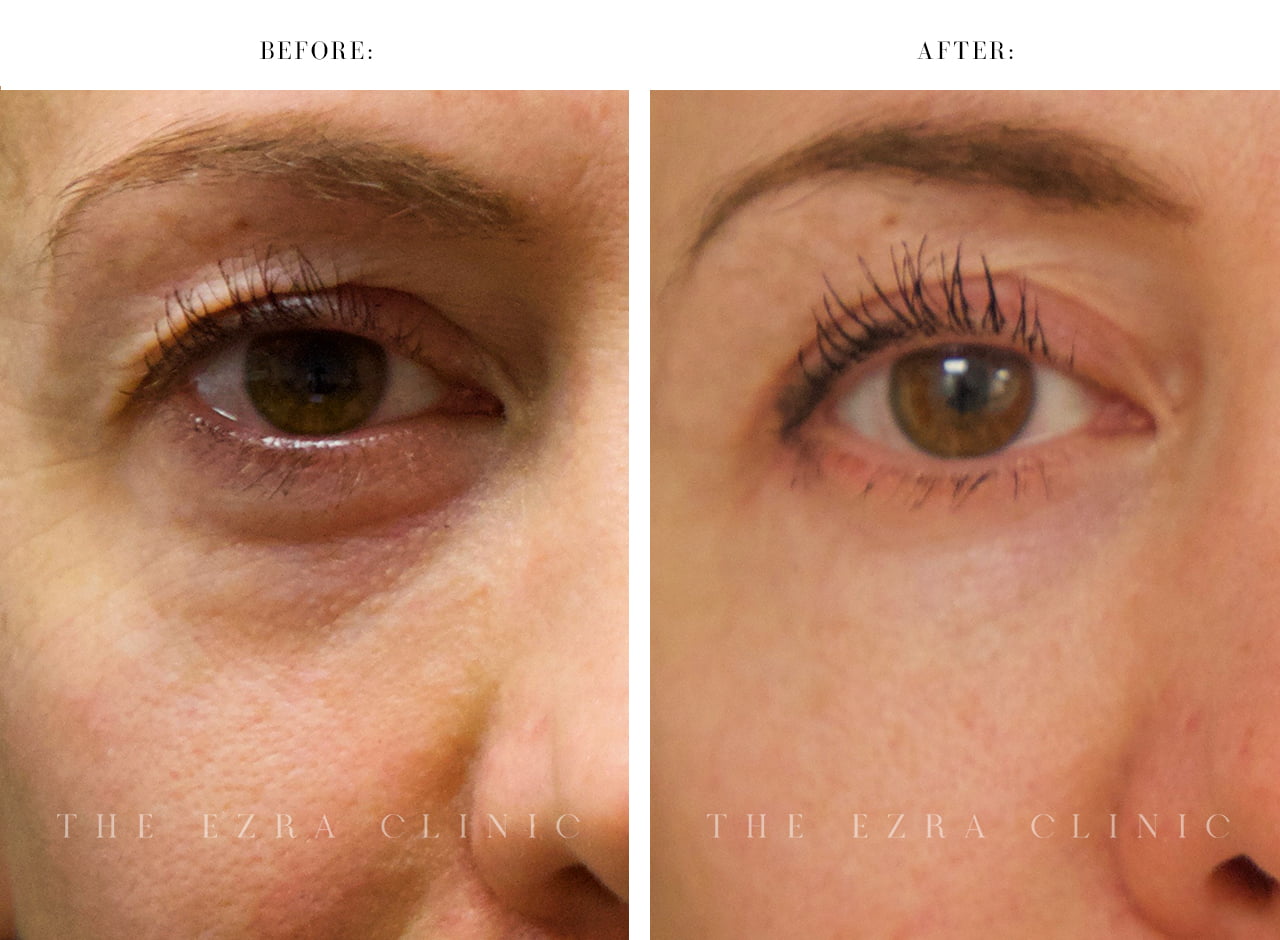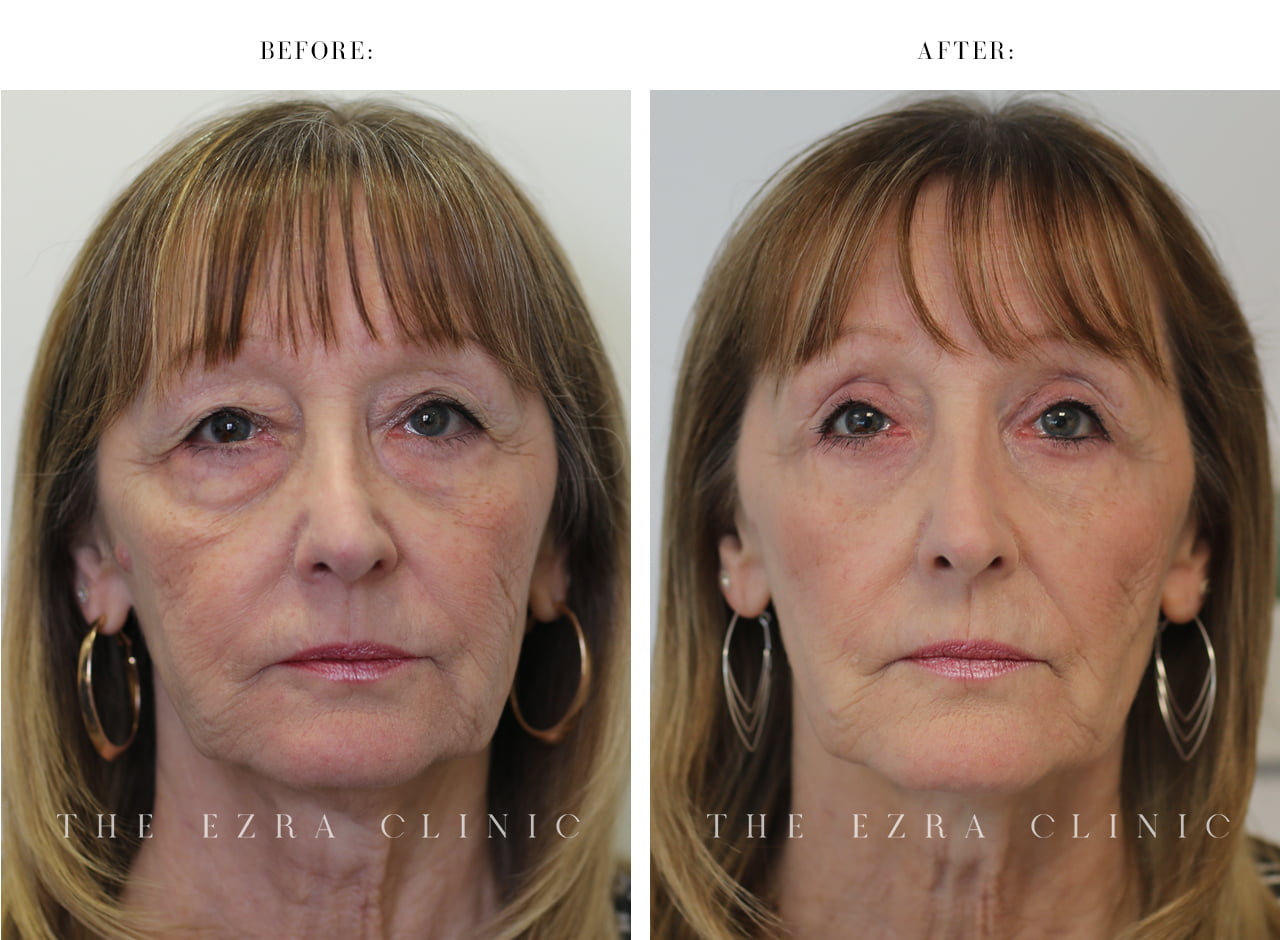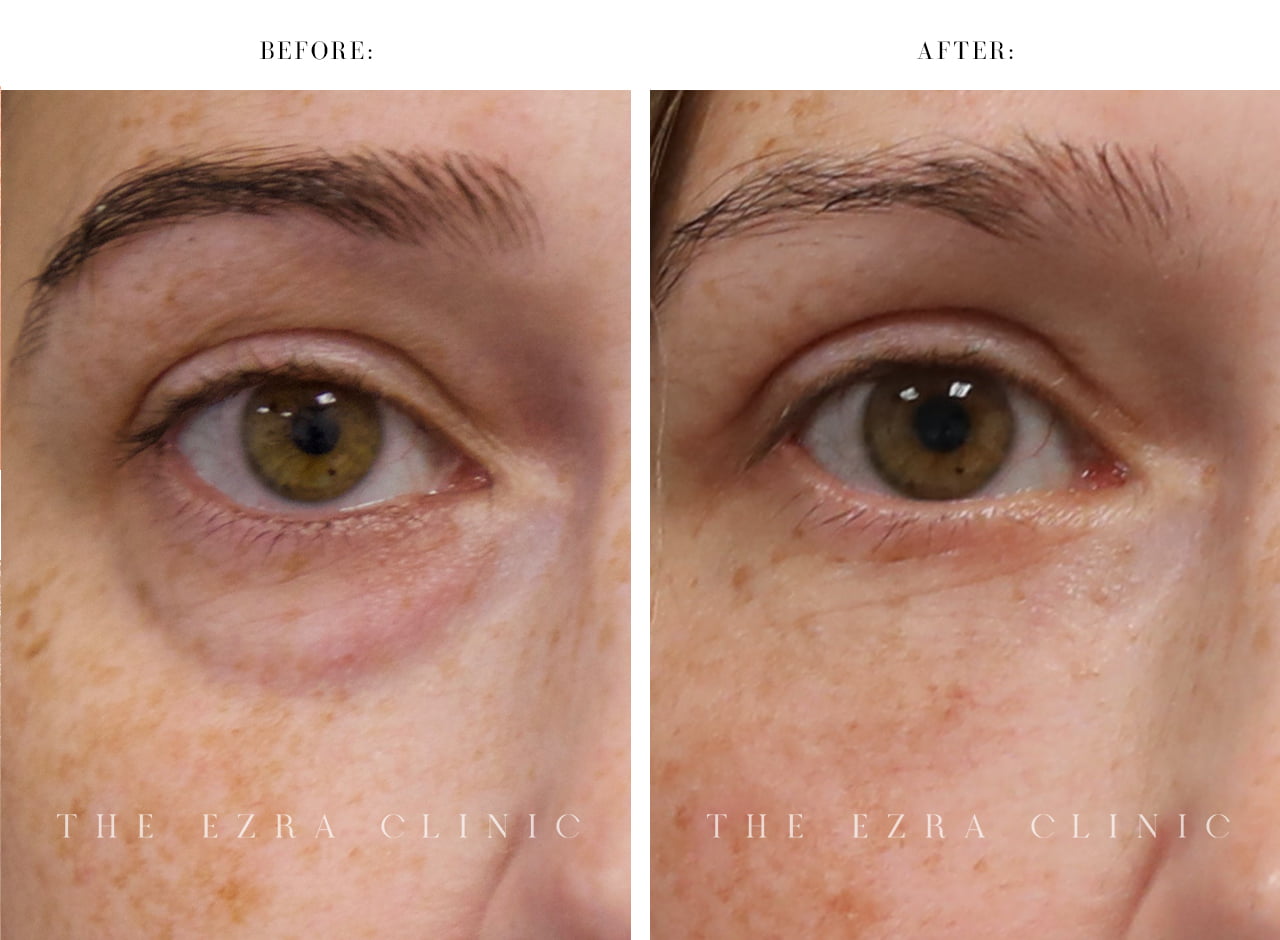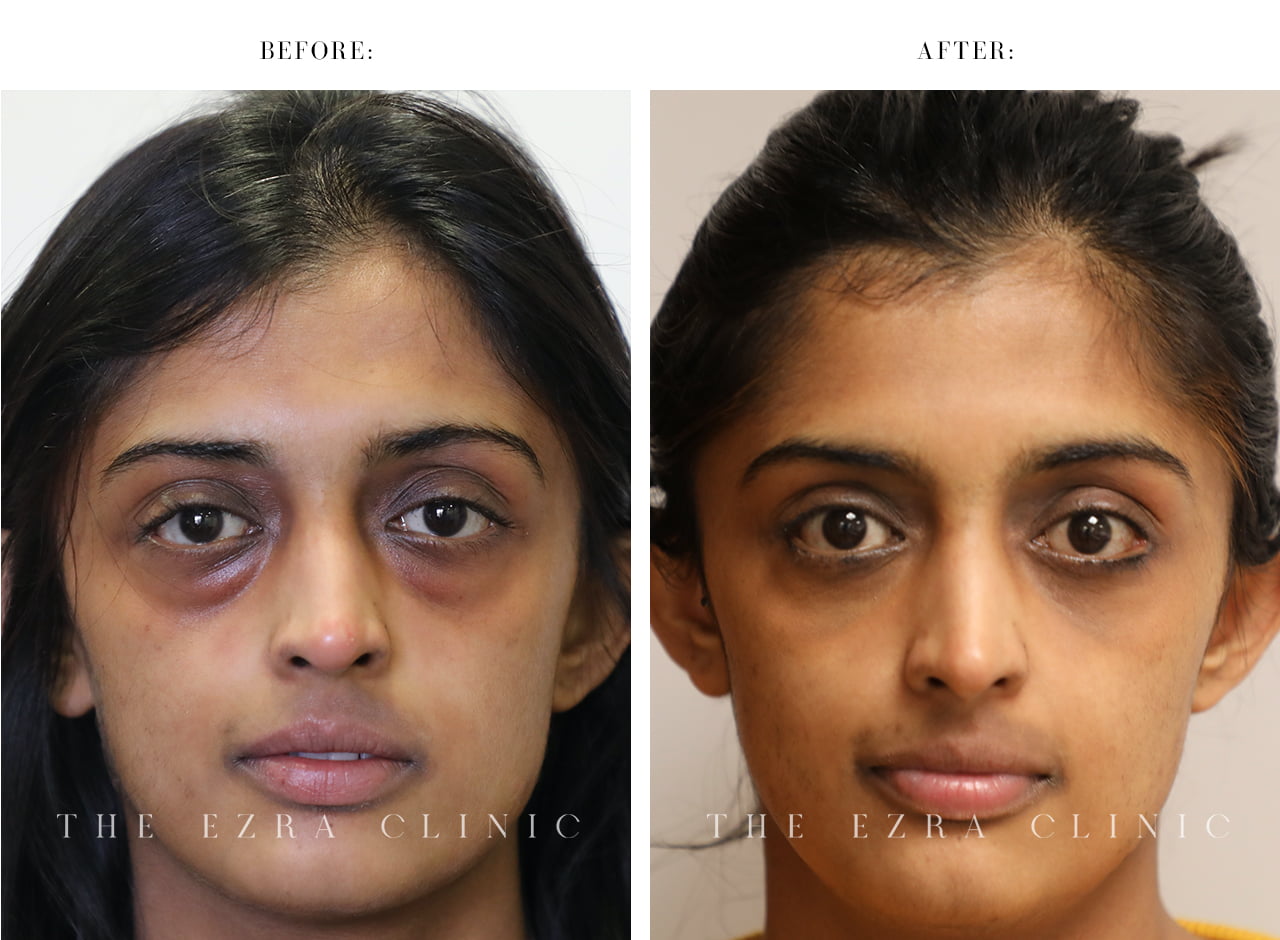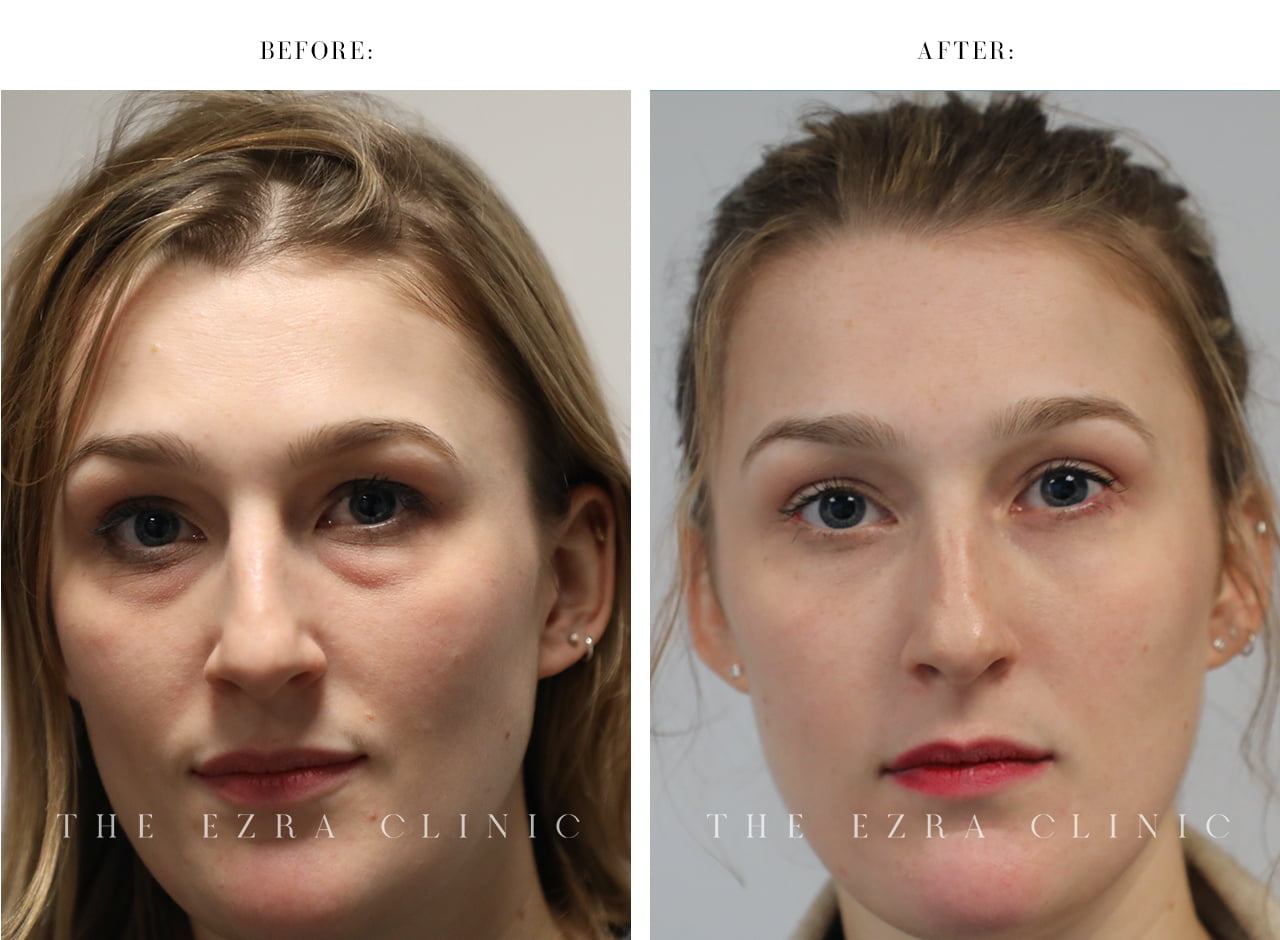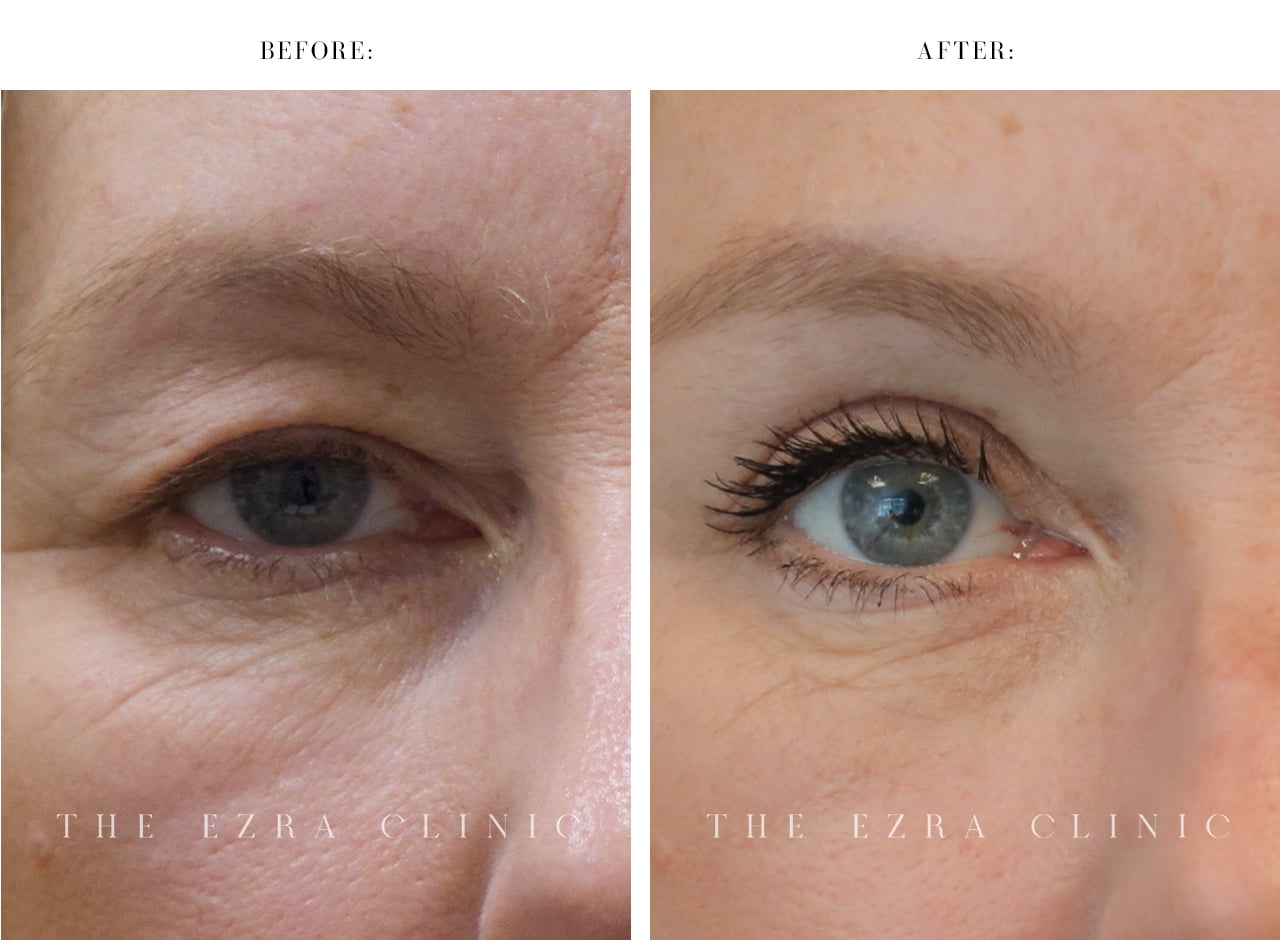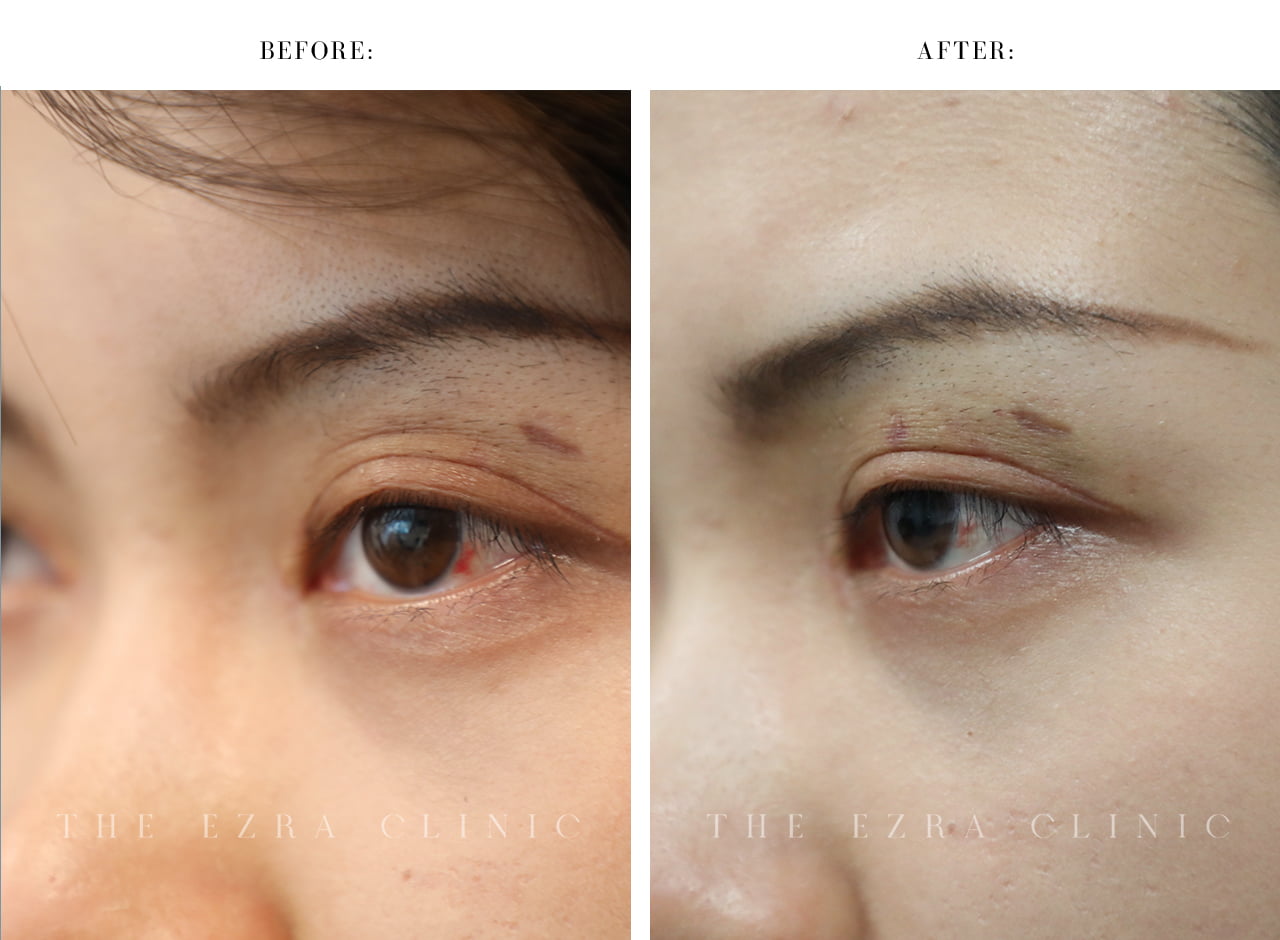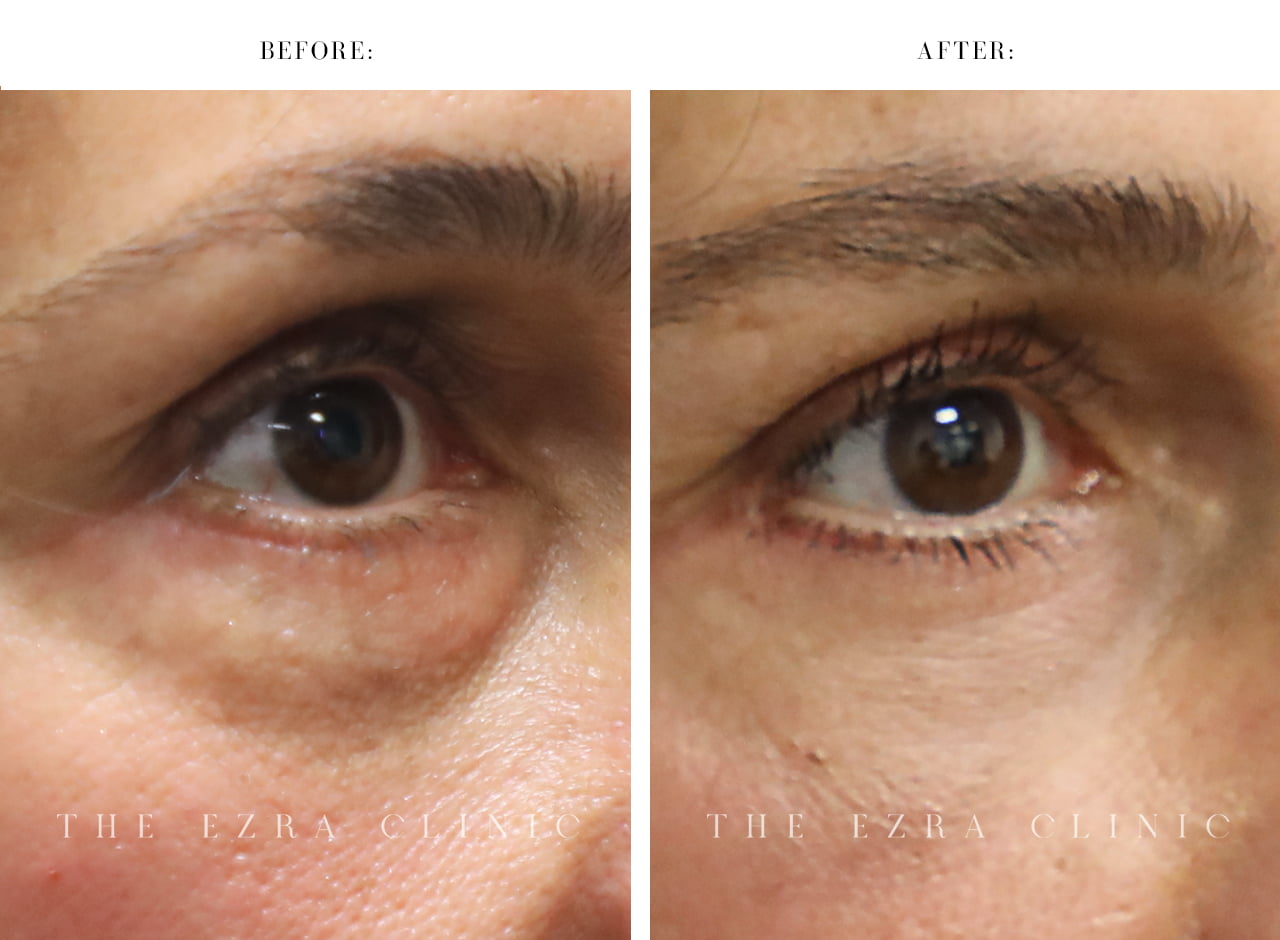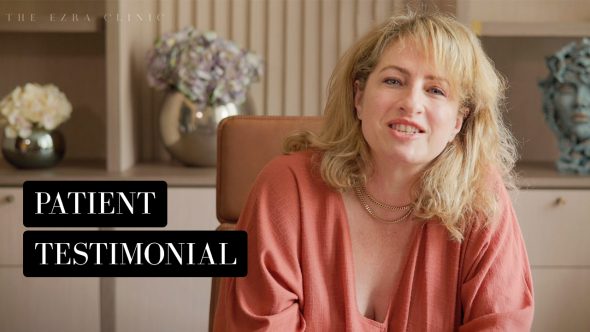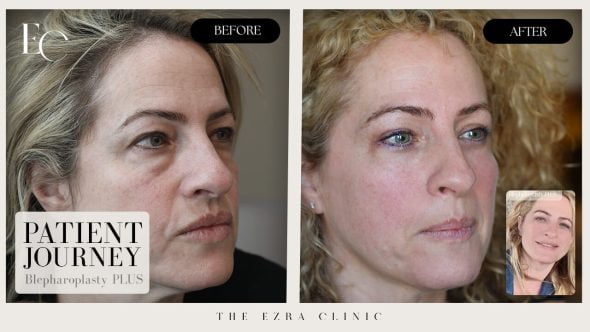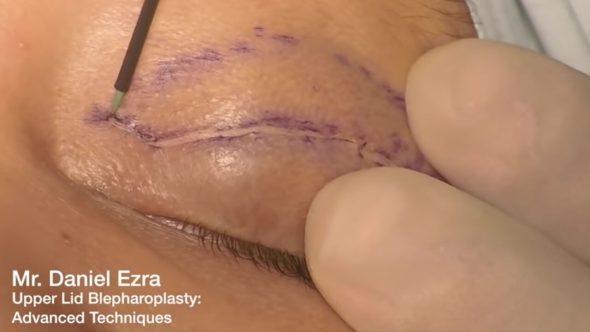Why choose The Ezra Clinic?
The Ezra Clinic is a centre of excellence, combining the expertise of a leading team of oculoplastic surgeons with the latest advancements in eye care and aesthetic treatments. Patients benefit from a comprehensive approach, where every treatment plan is carefully tailored to address individual needs and deliver optimal outcomes.
With extensive experience and a focus on functional and cosmetic solutions, The Ezra Clinic is dedicated to enhancing patients’ vision, health, and confidence. Whether addressing complex medical eye conditions or achieving aesthetic goals, the clinic’s holistic and personalised approach ensures that each patient receives the highest standard of care from consultation through recovery.
Our clinic is known for its research into aesthetic surgery and injectables as well as using advanced surgical techniques to get the best outcomes possible. Our dedication to research and innovation keeps us at the forefront of eye care and aesthetic advancements.
Constantly pushing boundaries, we are not only early adopters but also pioneers in developing new techniques and protocols. Our strict standards ensure that all new treatments are thoroughly tested for efficacy and safety, reflecting our mission to offer our patients the safest and most effective options.
As an international center of excellence, The Ezra Clinic attracts global attention. We frequently host international observers and a highly selective fellowship program, bringing in aspiring professionals from around the world eager to learn from our expertise and contribute to our ongoing advancements. This cross-border exchange of knowledge strengthens our clinic’s commitment to innovation and excellence, ensuring that our patients receive world-class care that is second to none.
